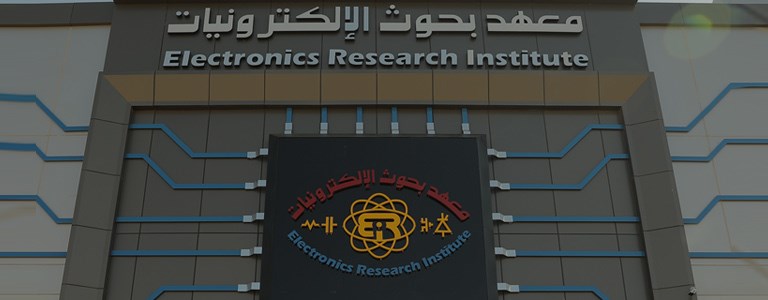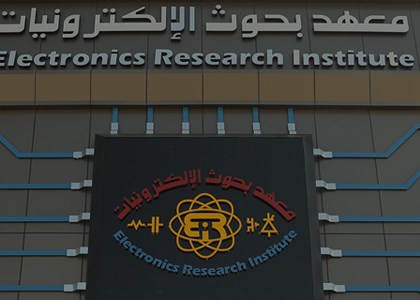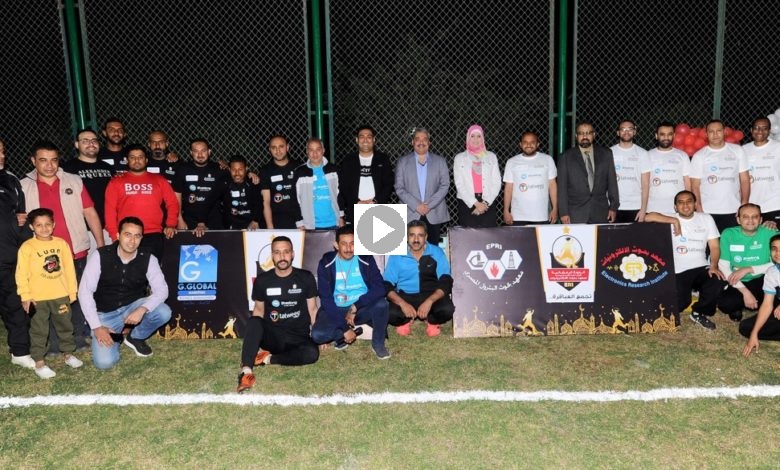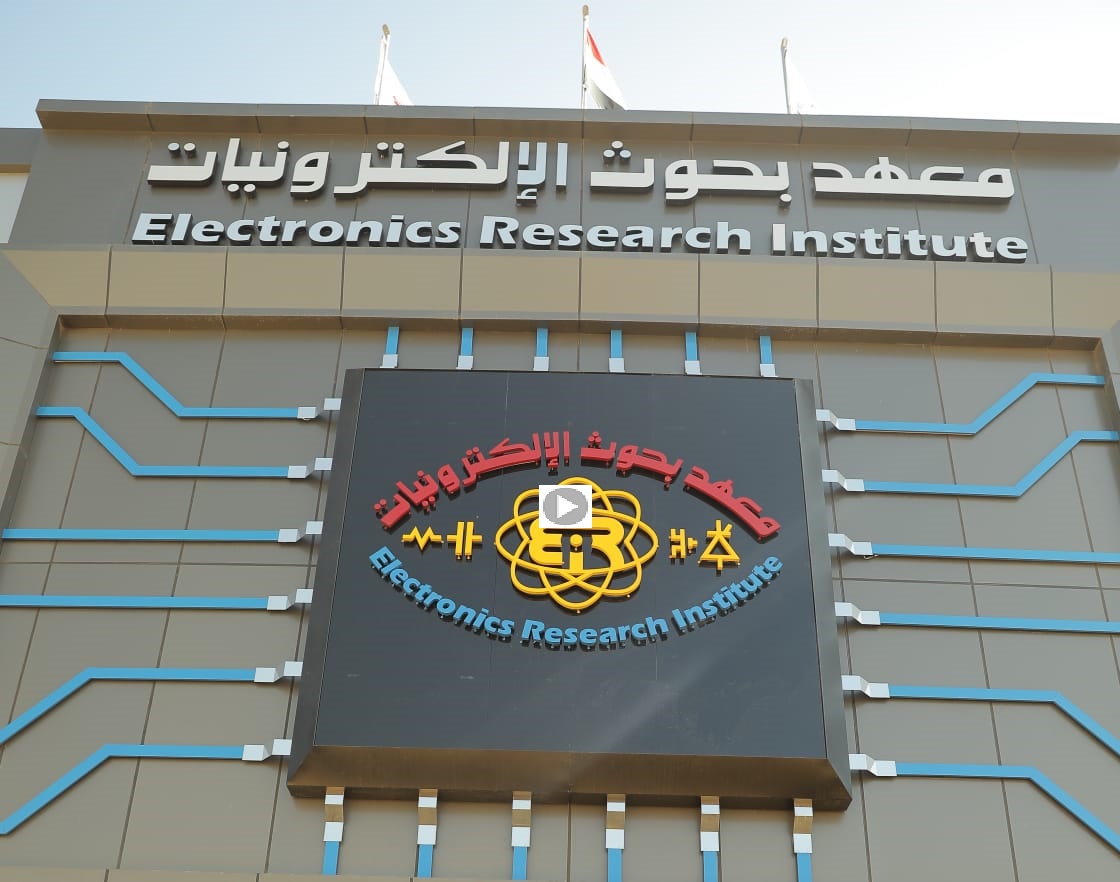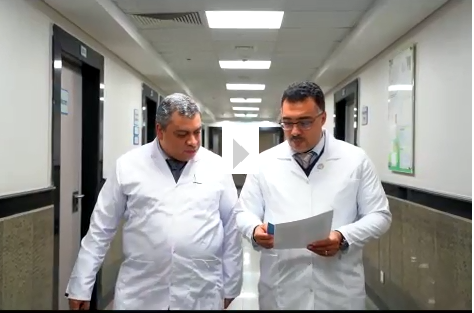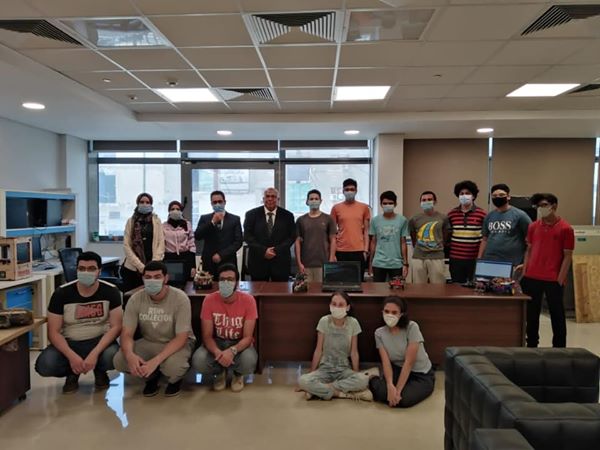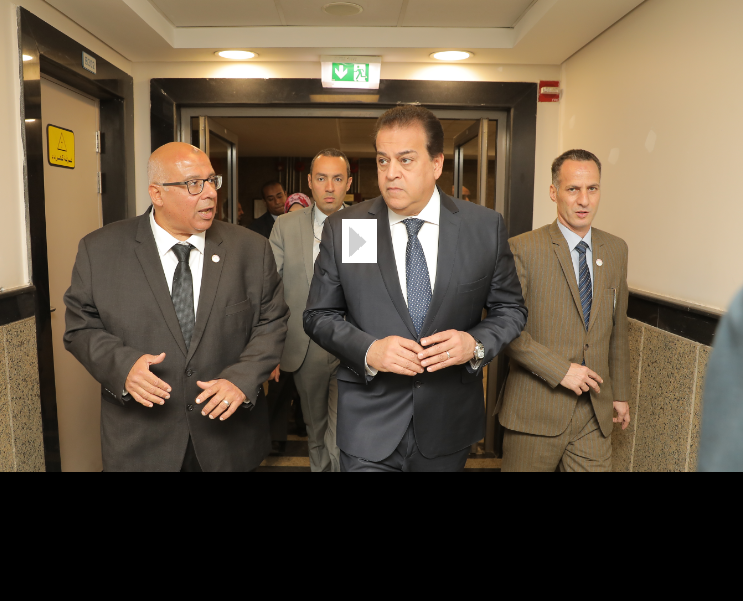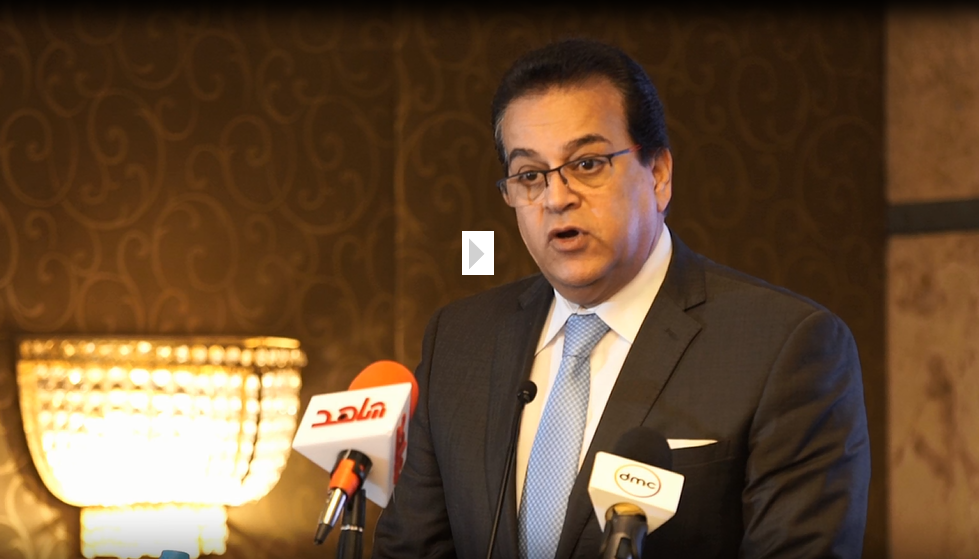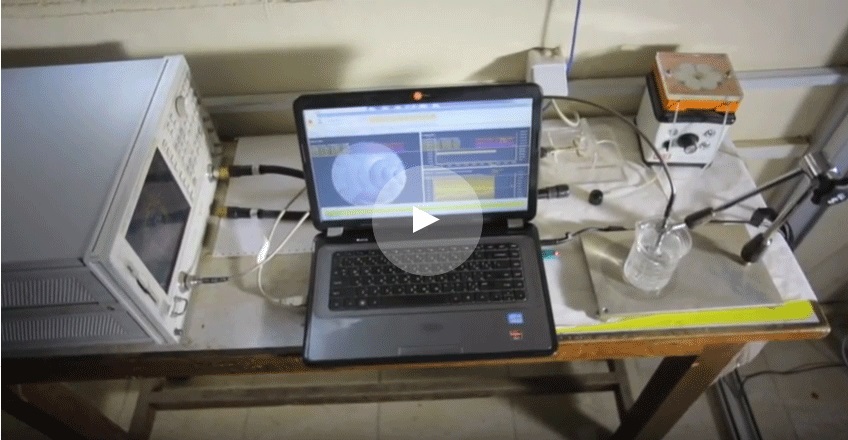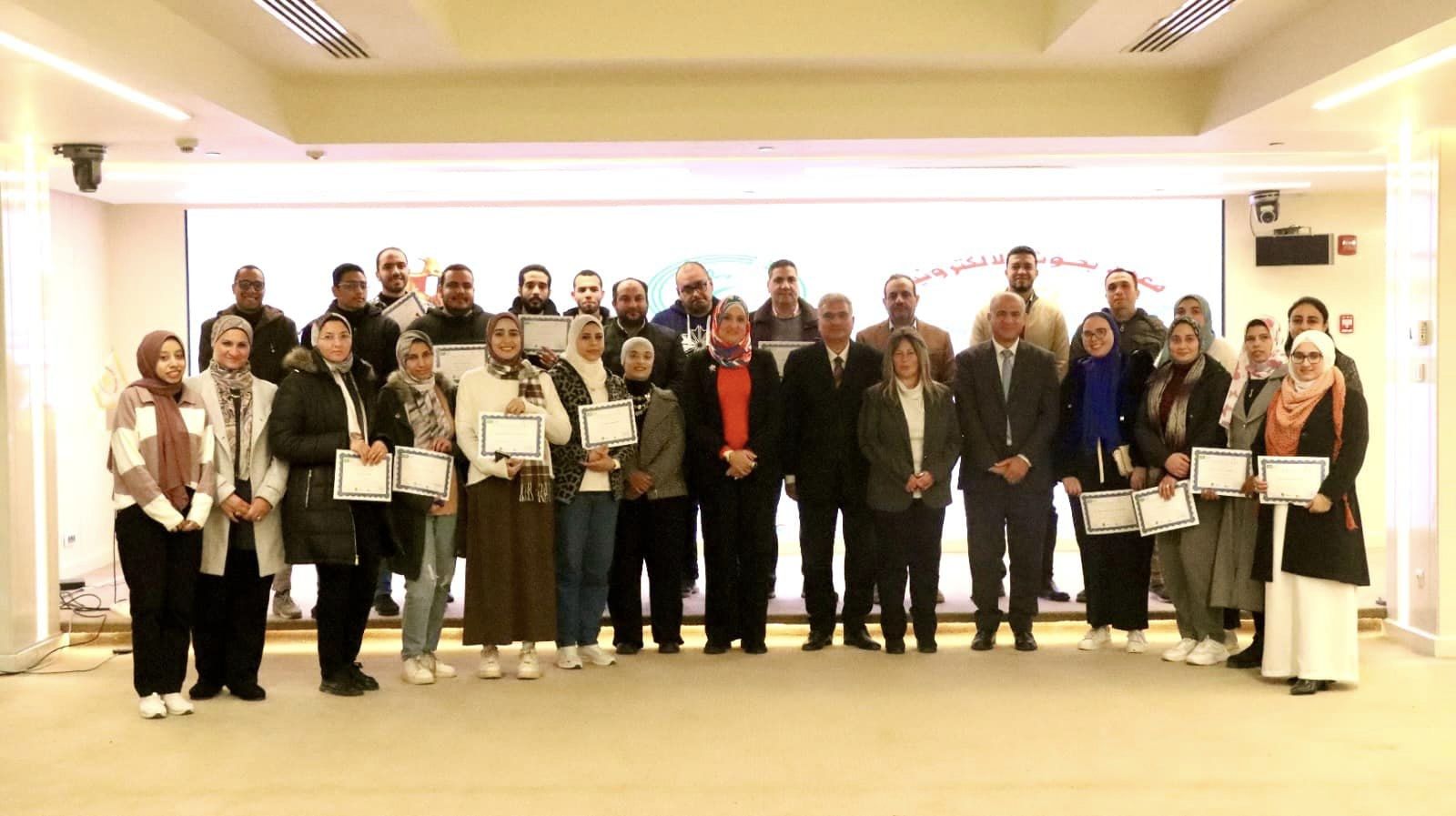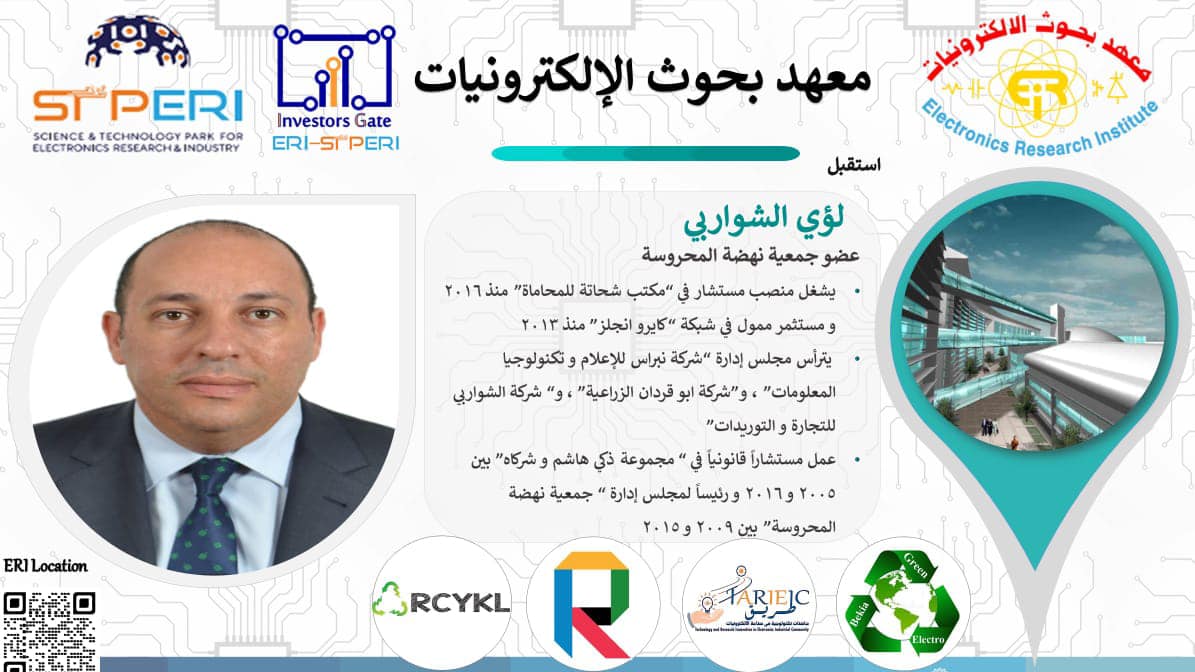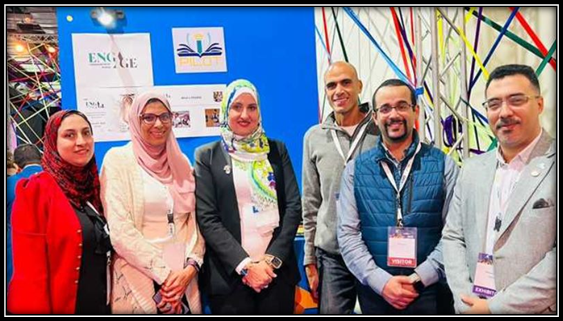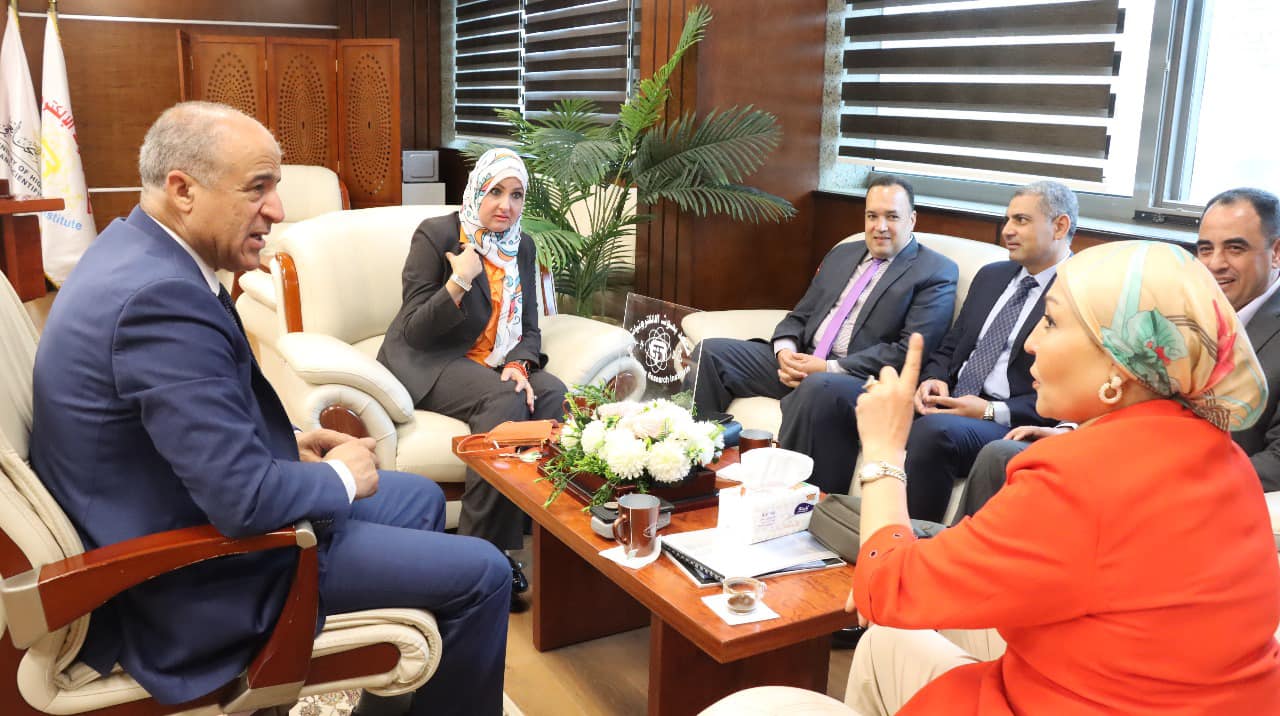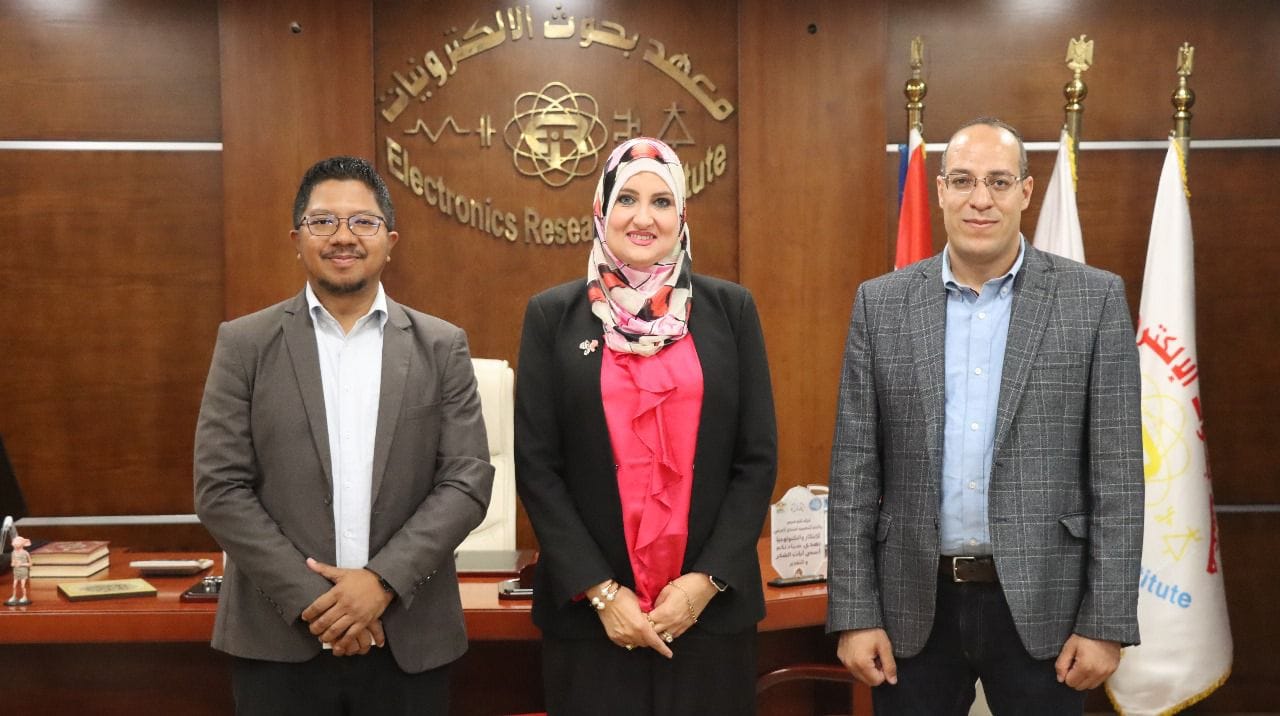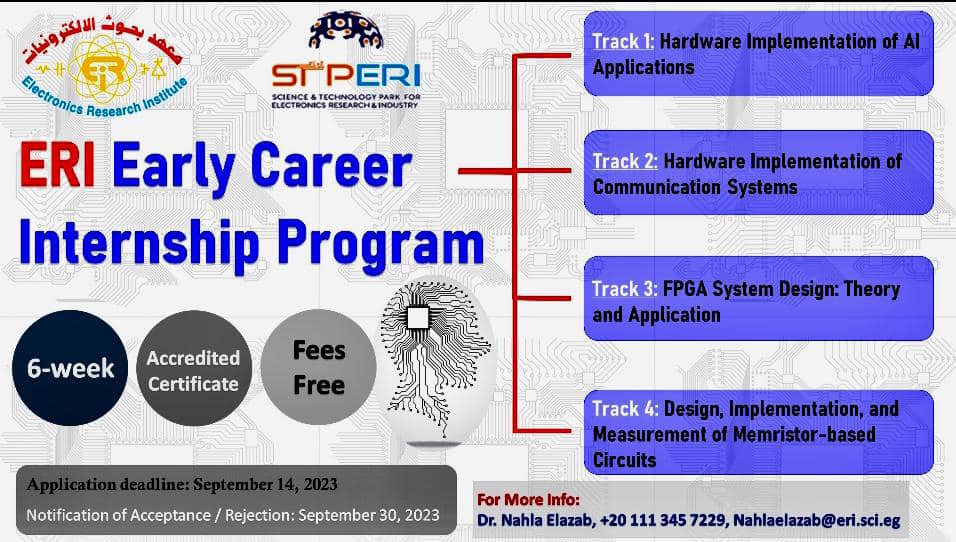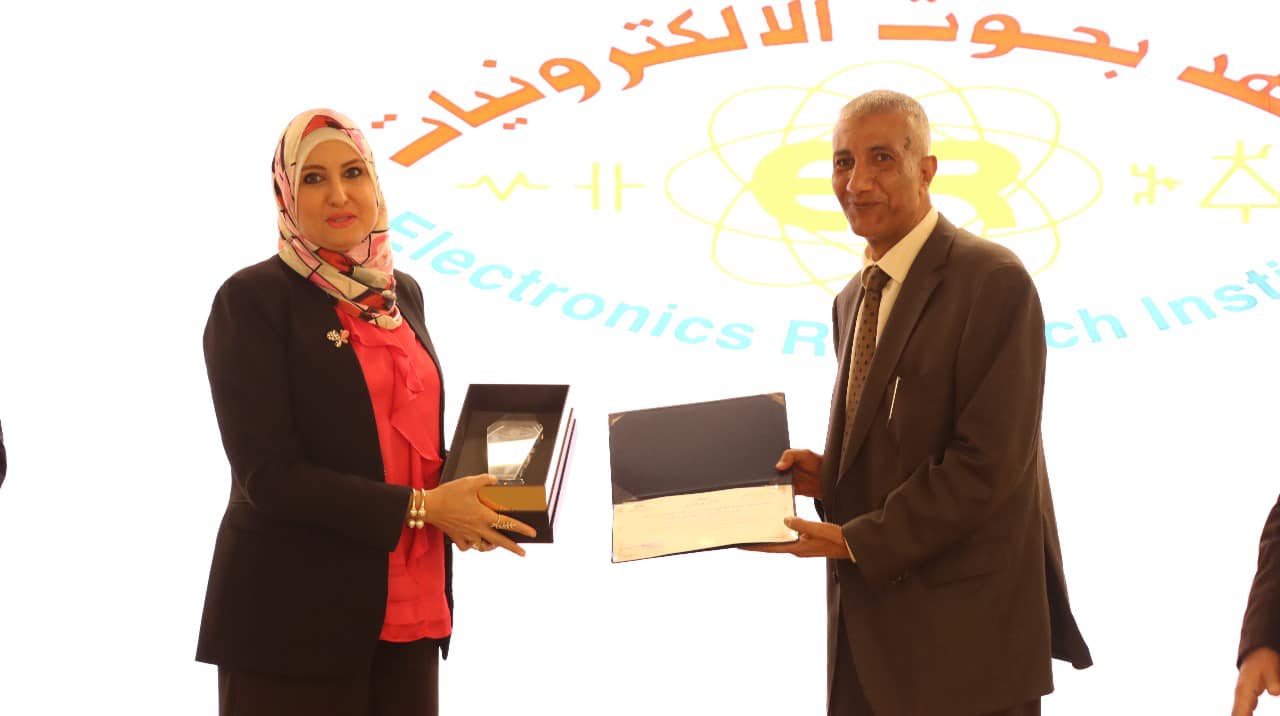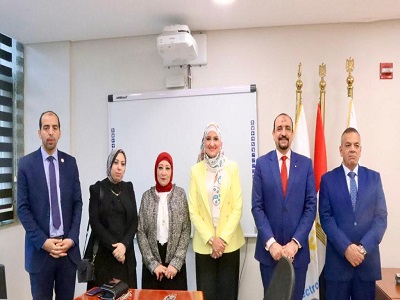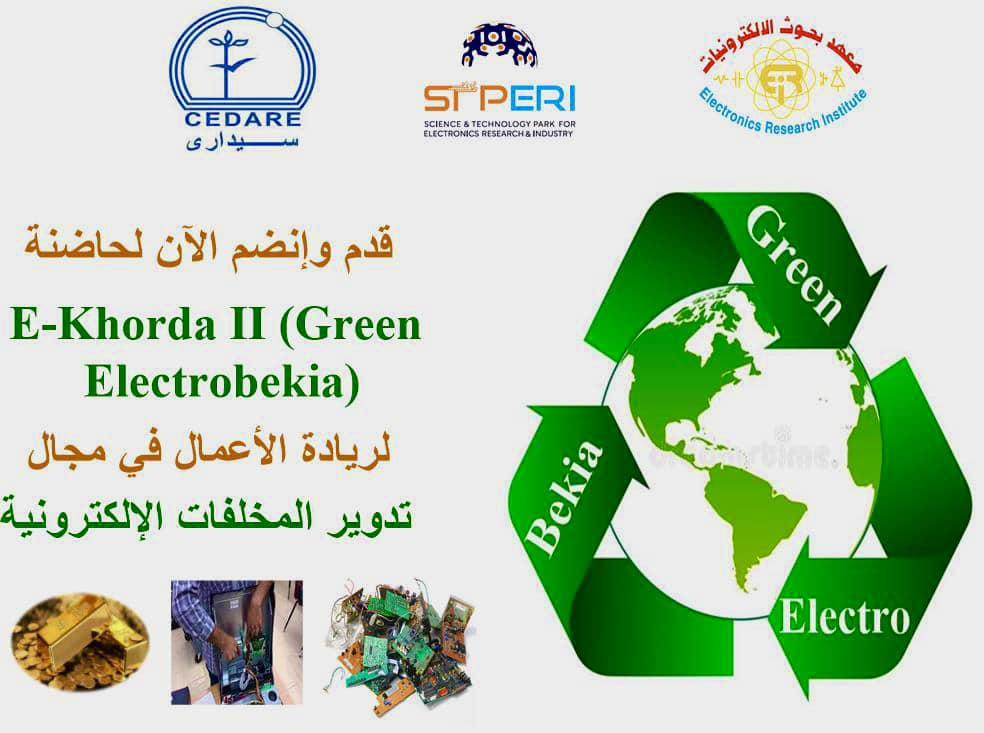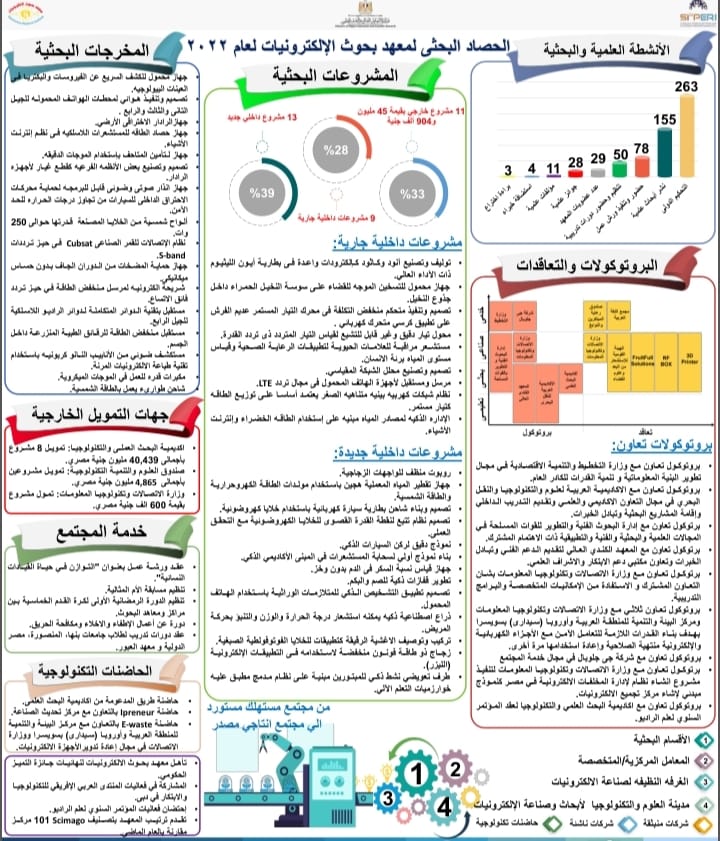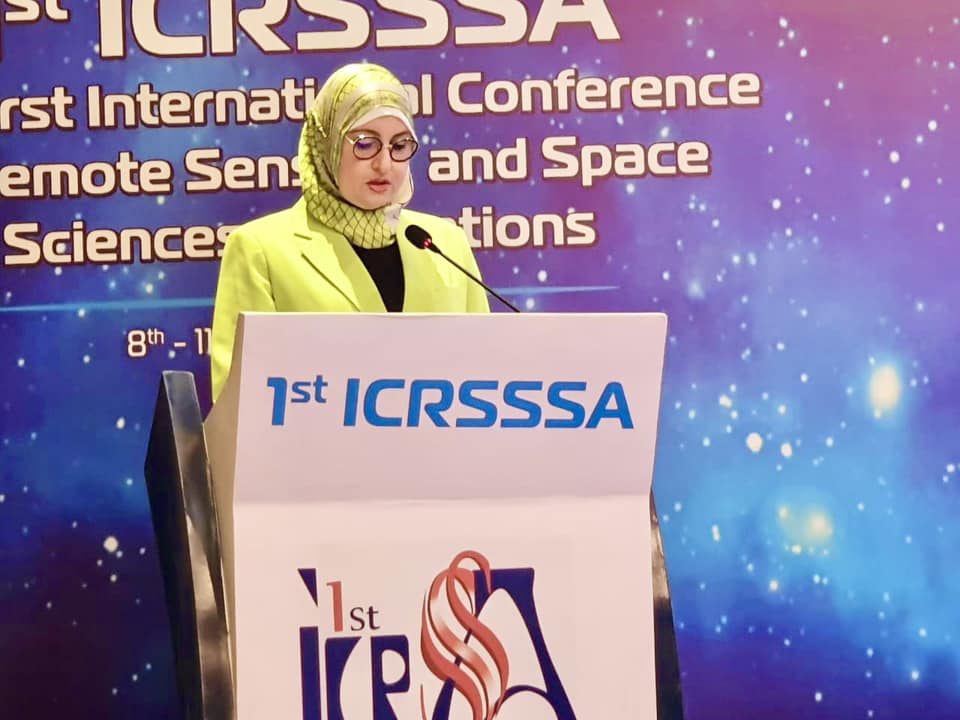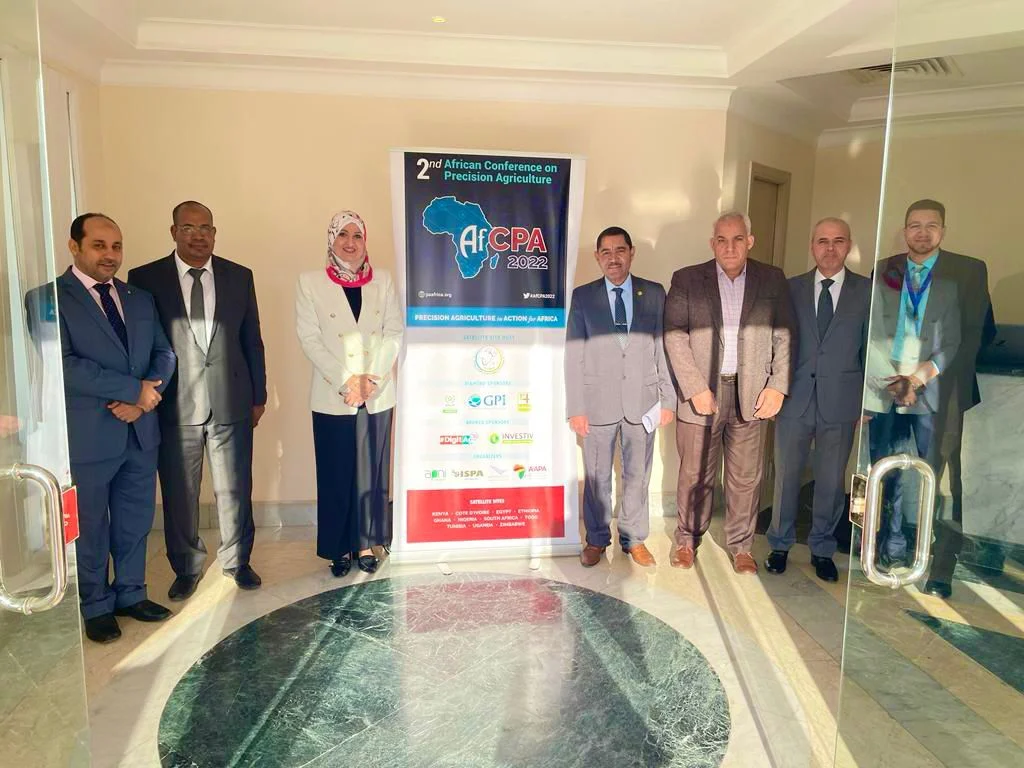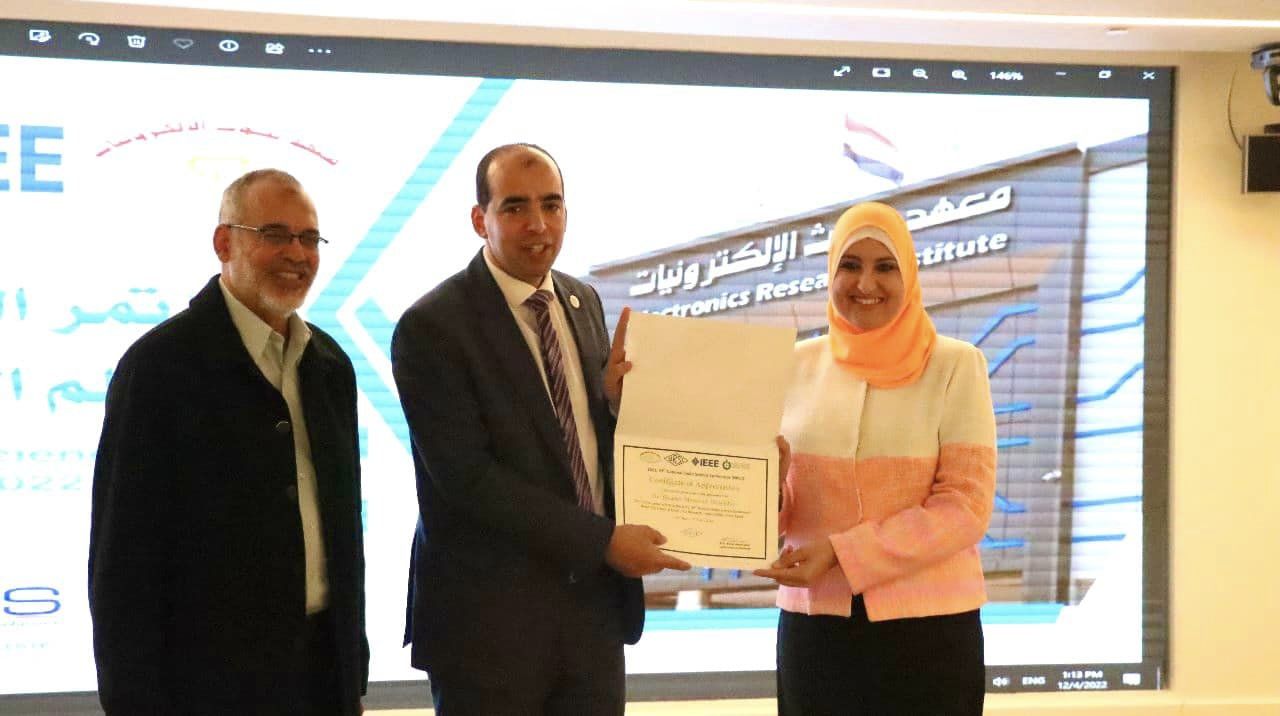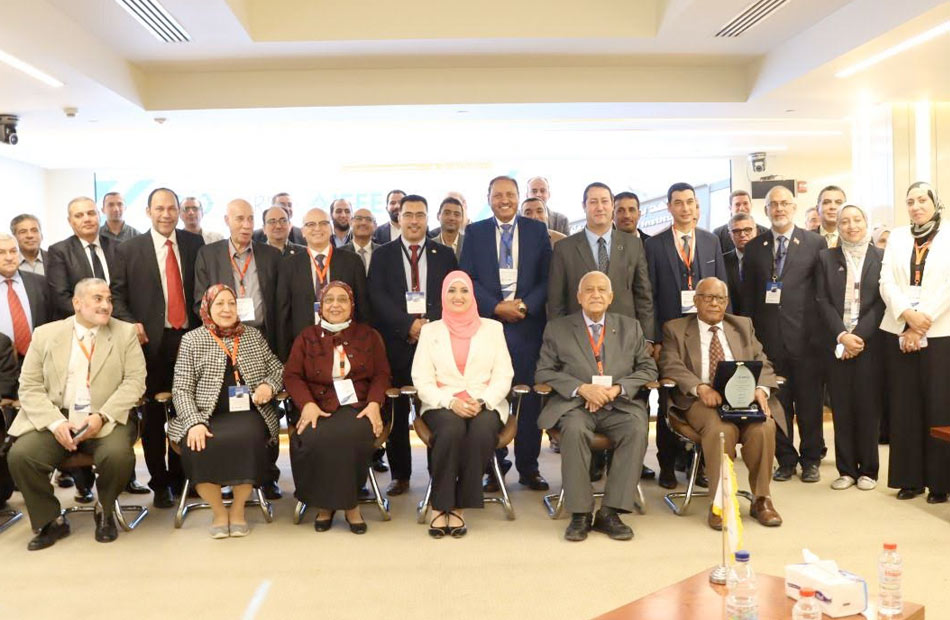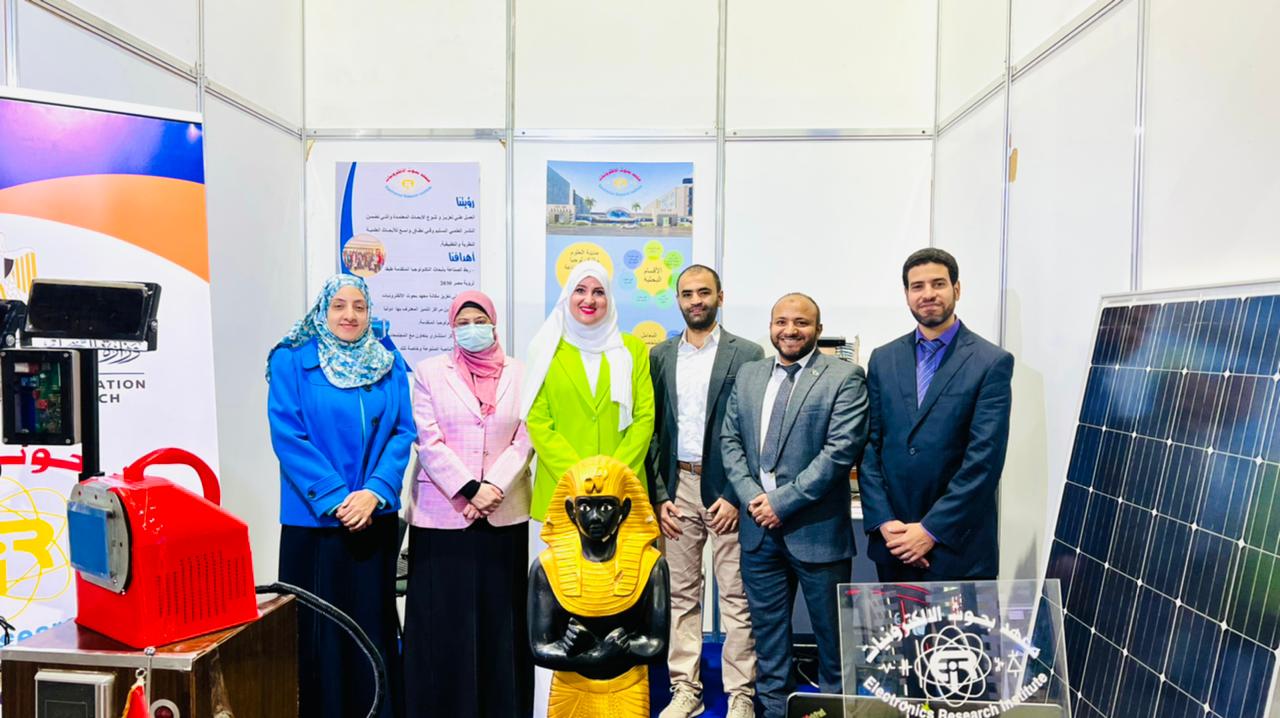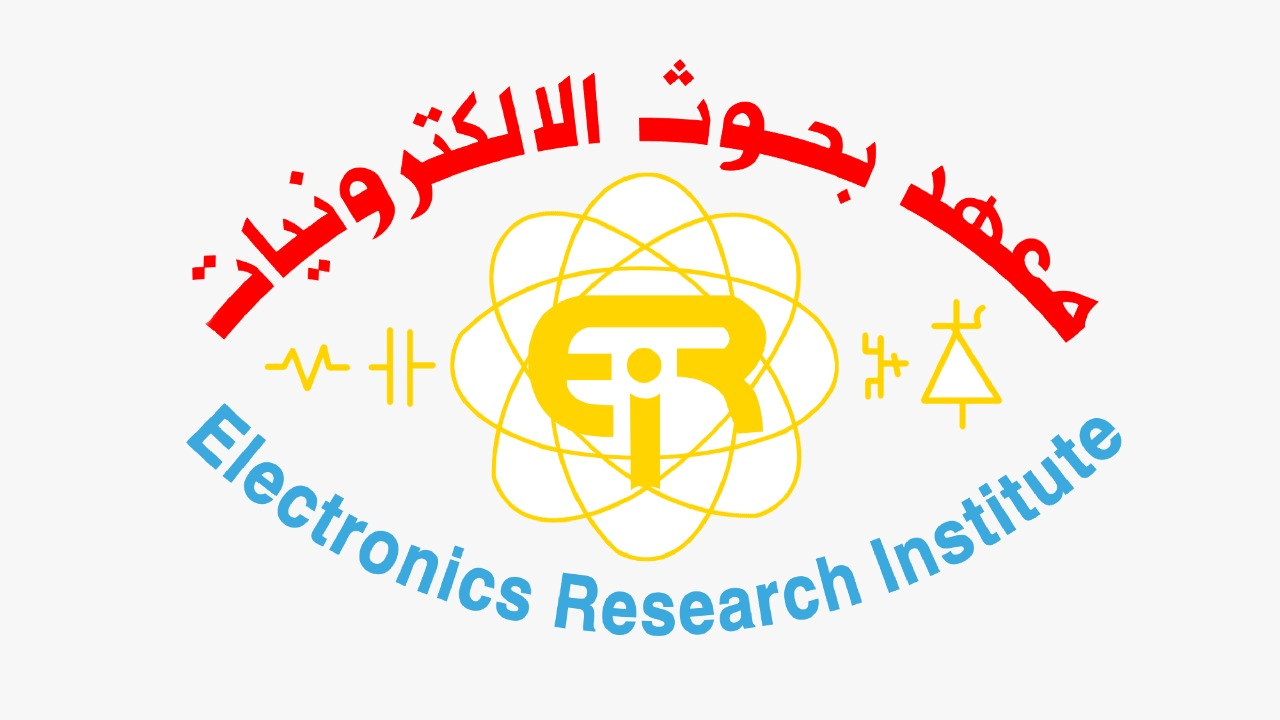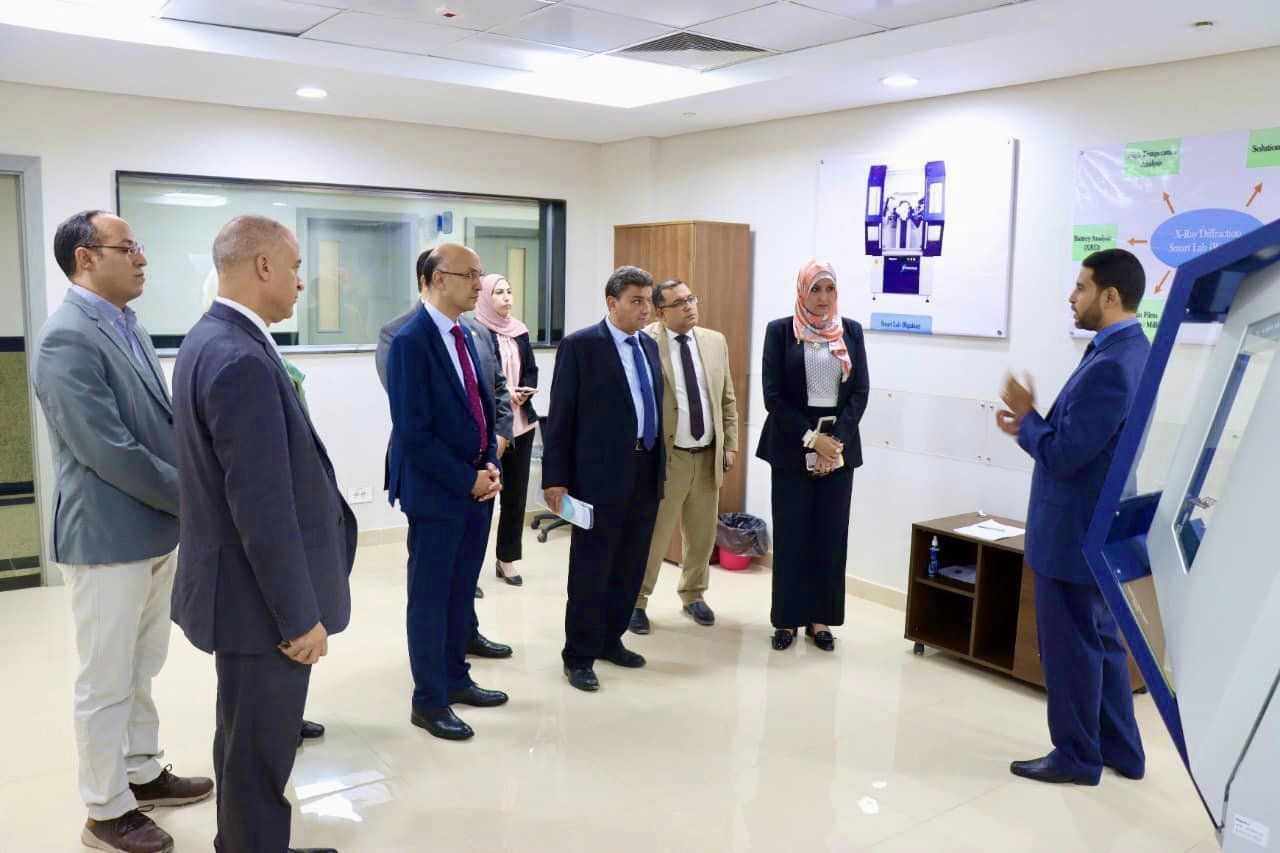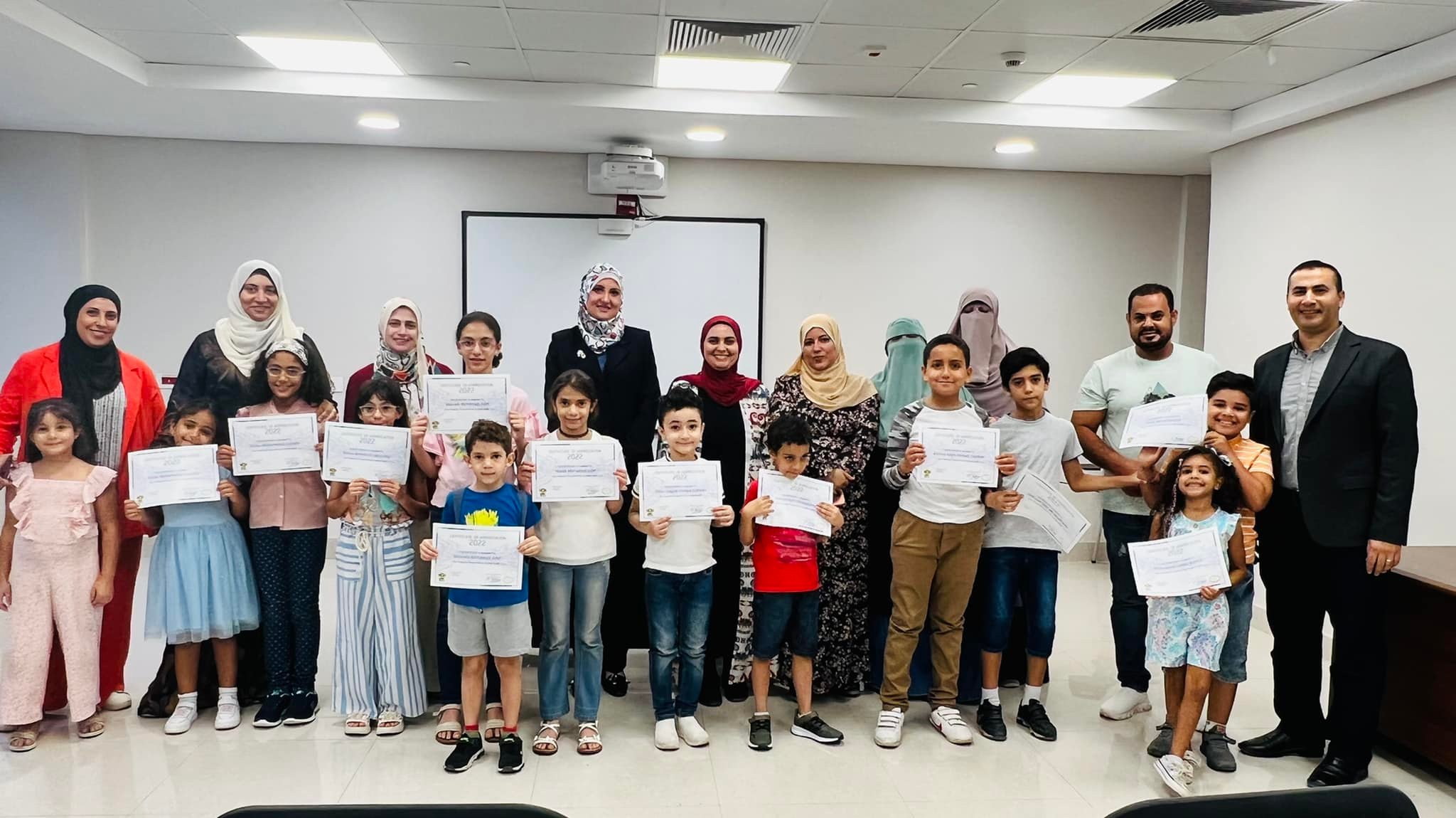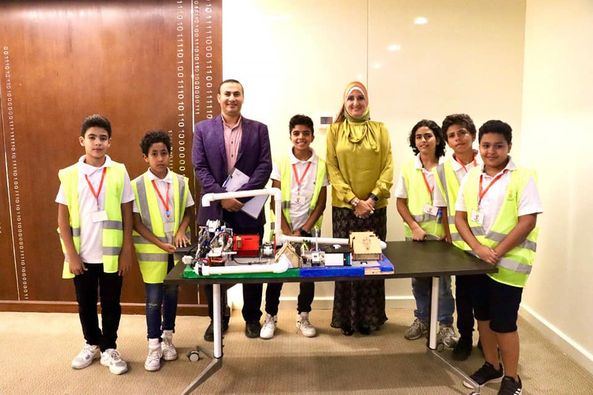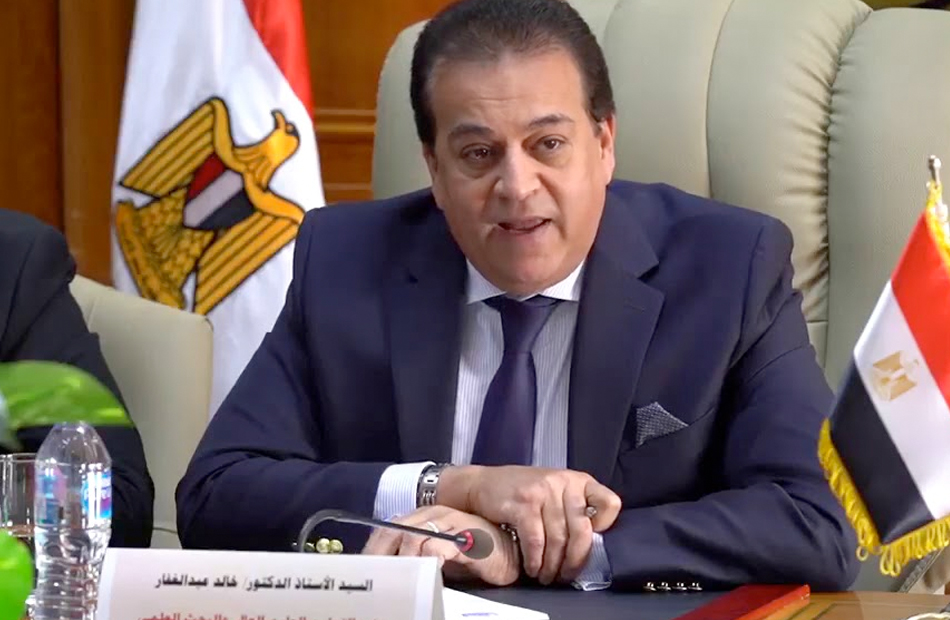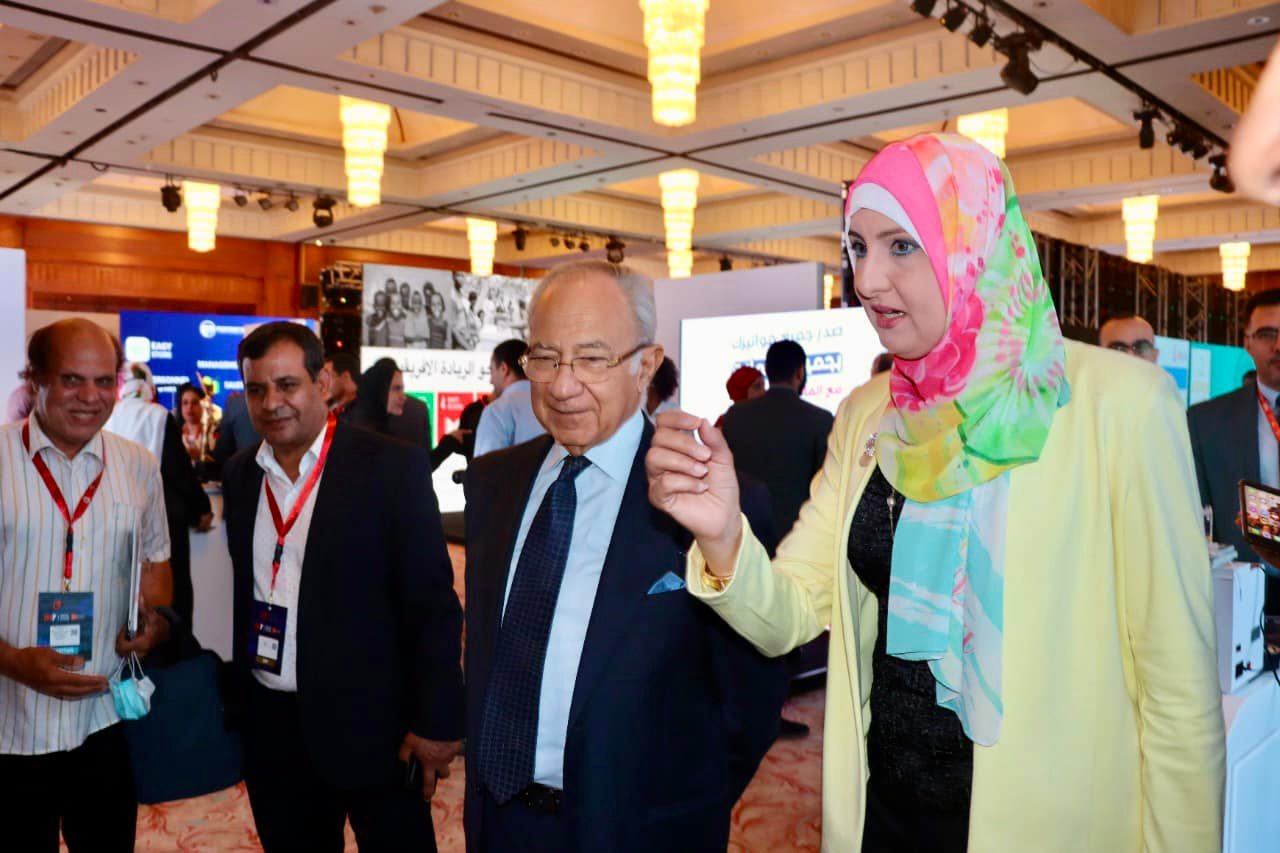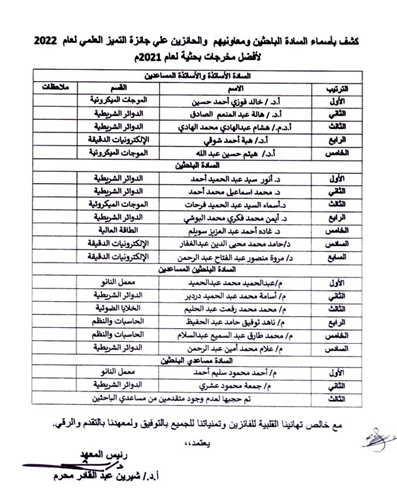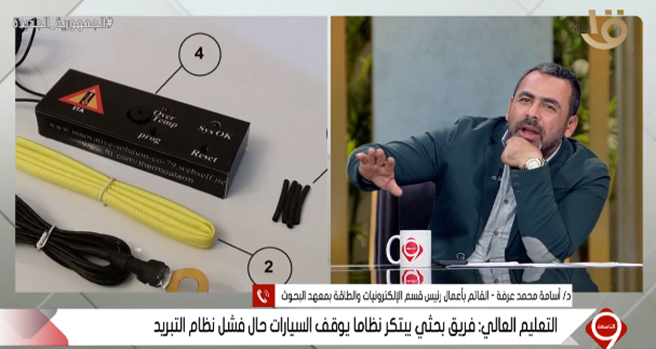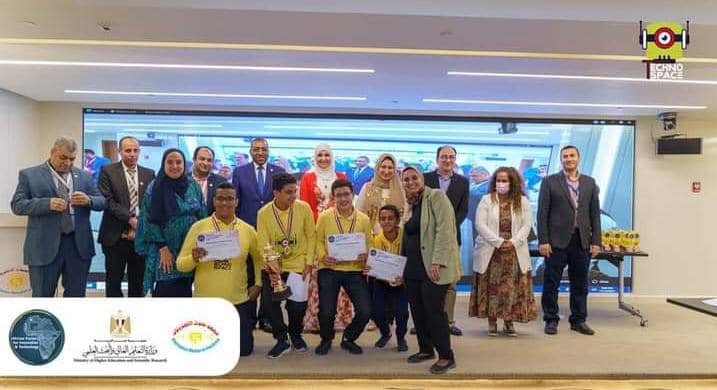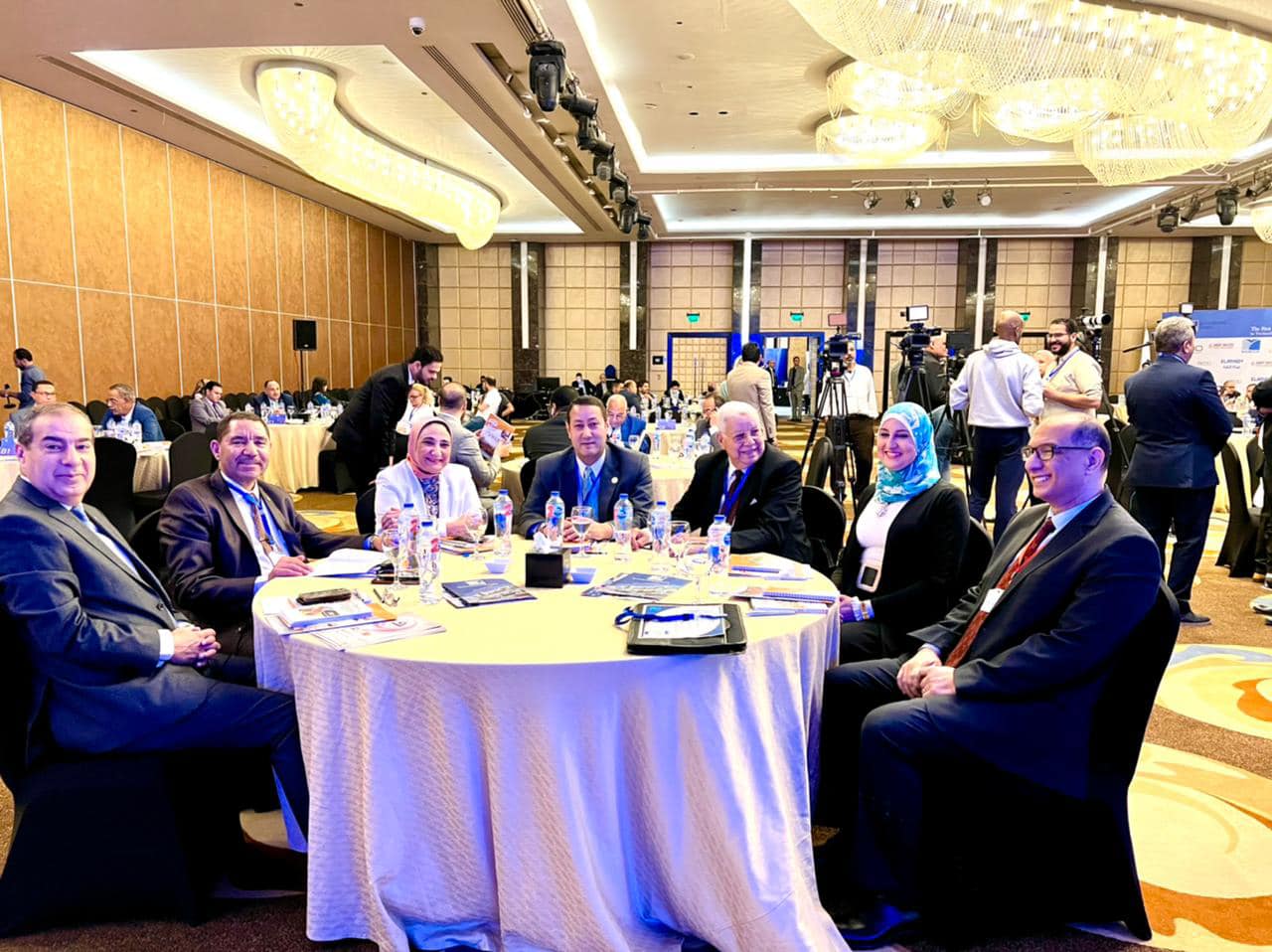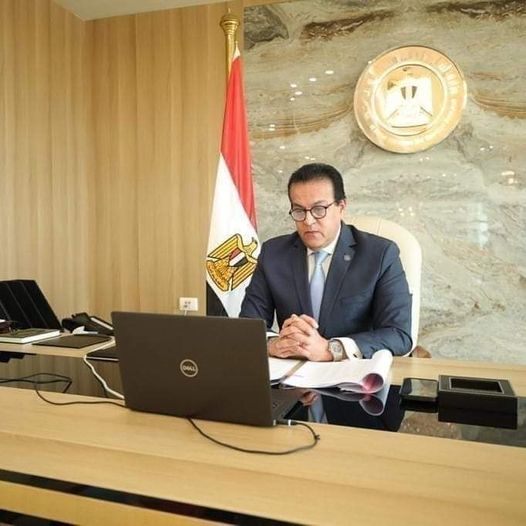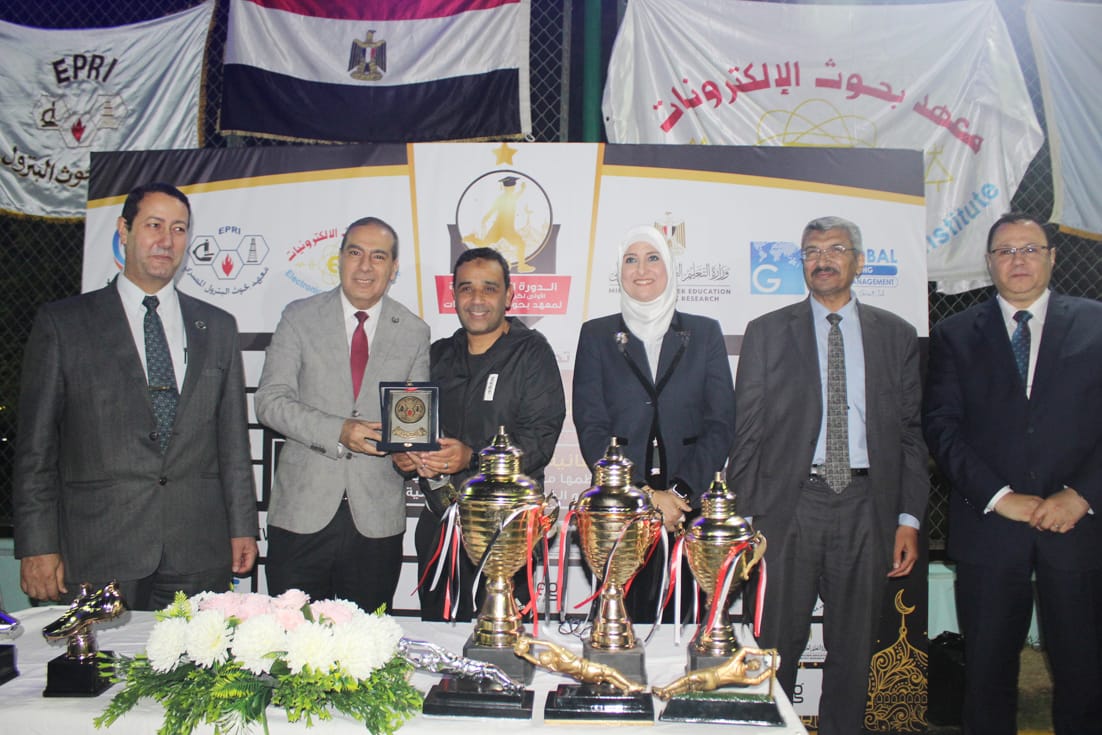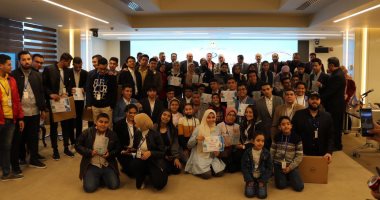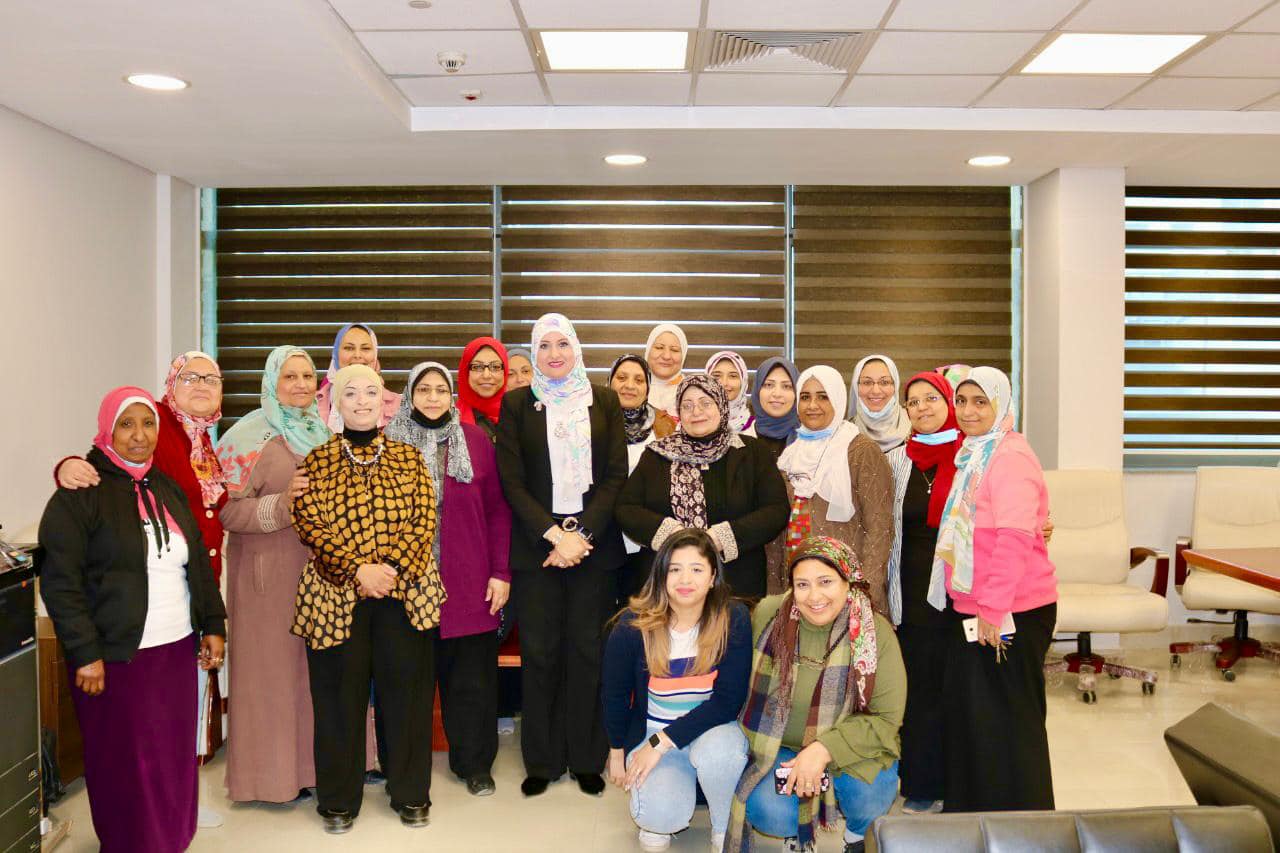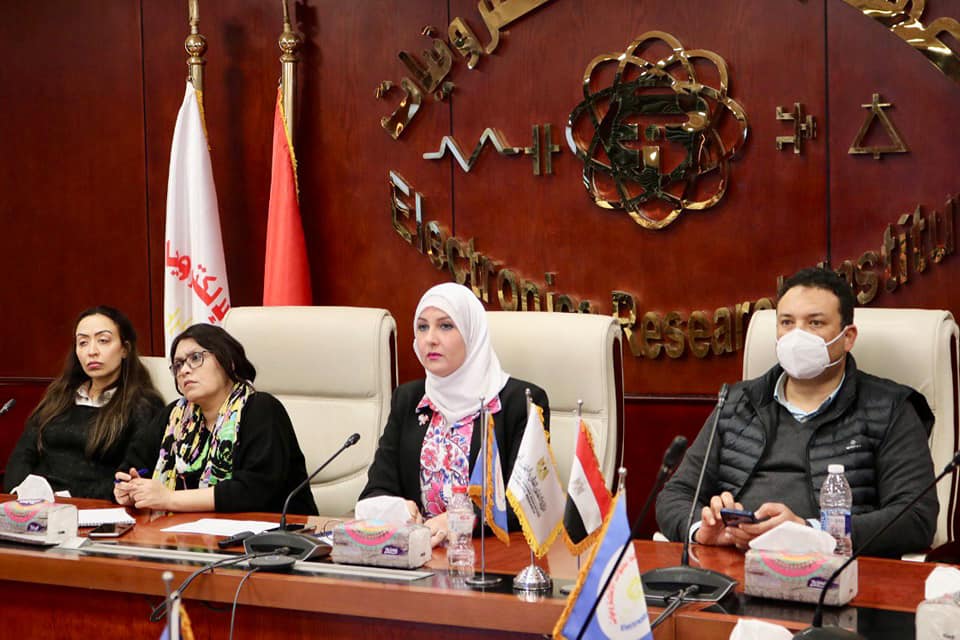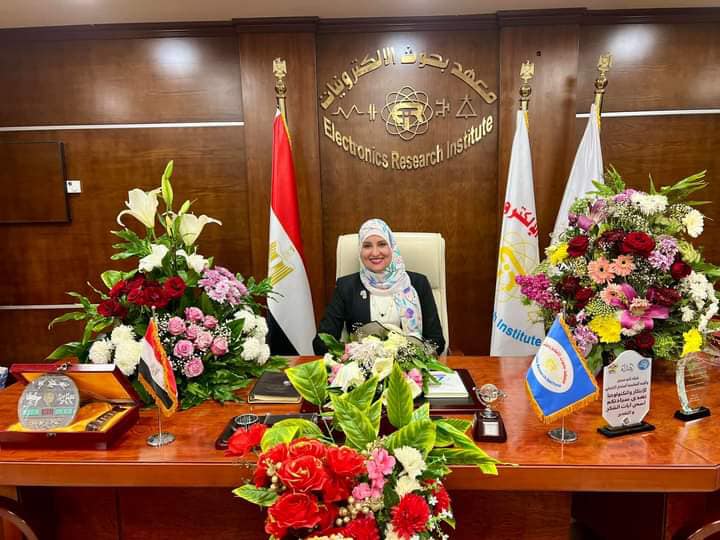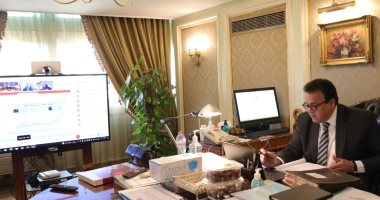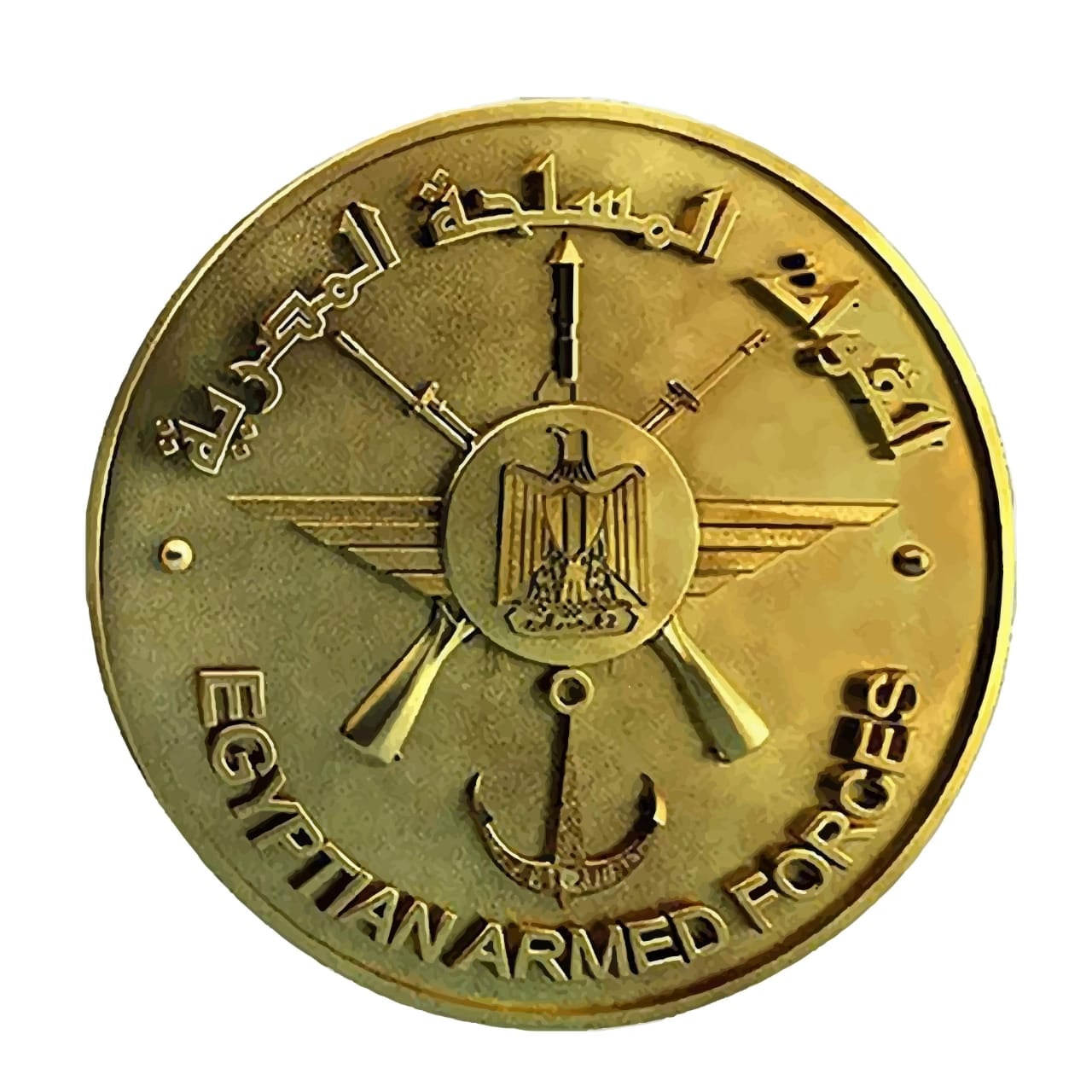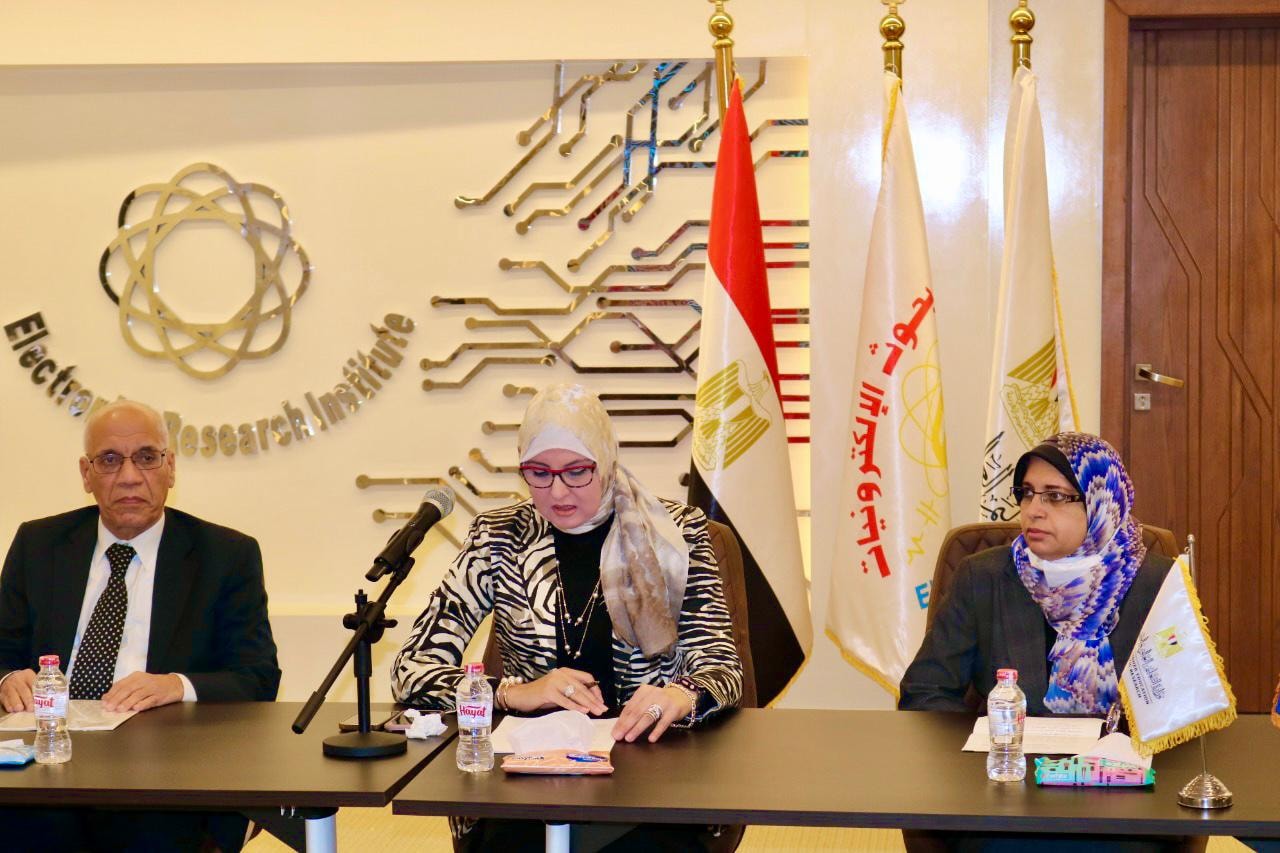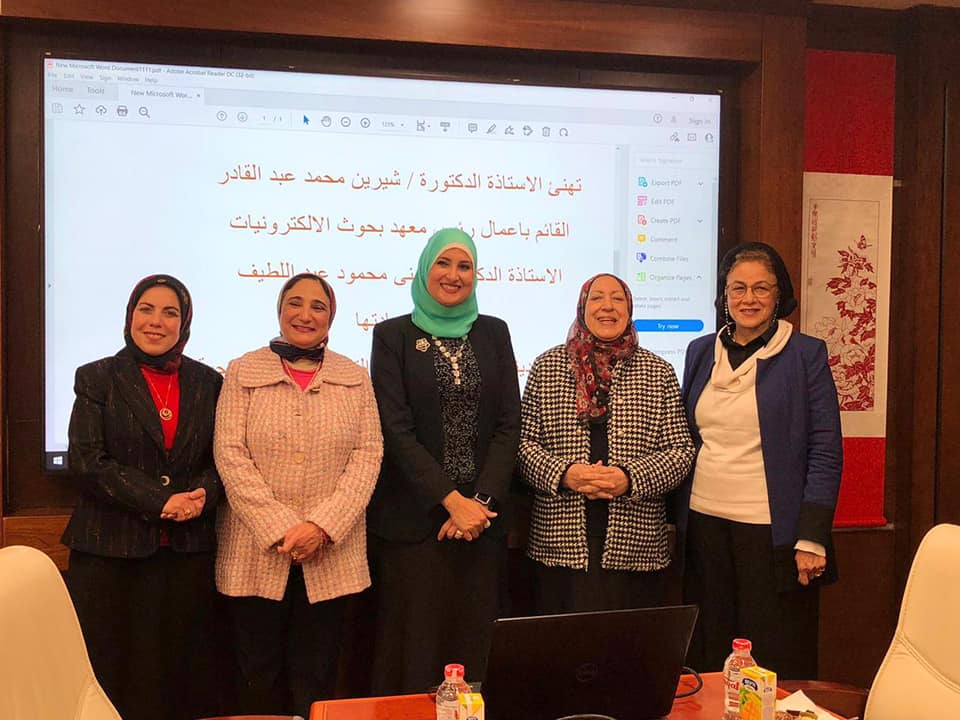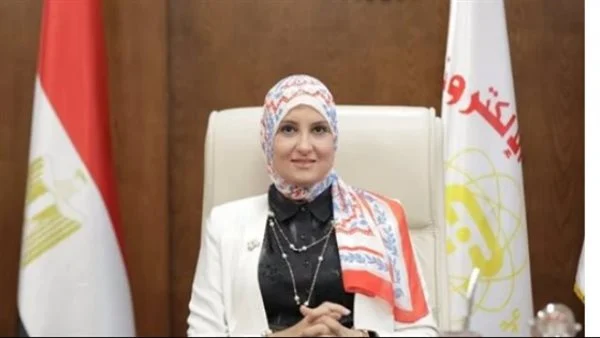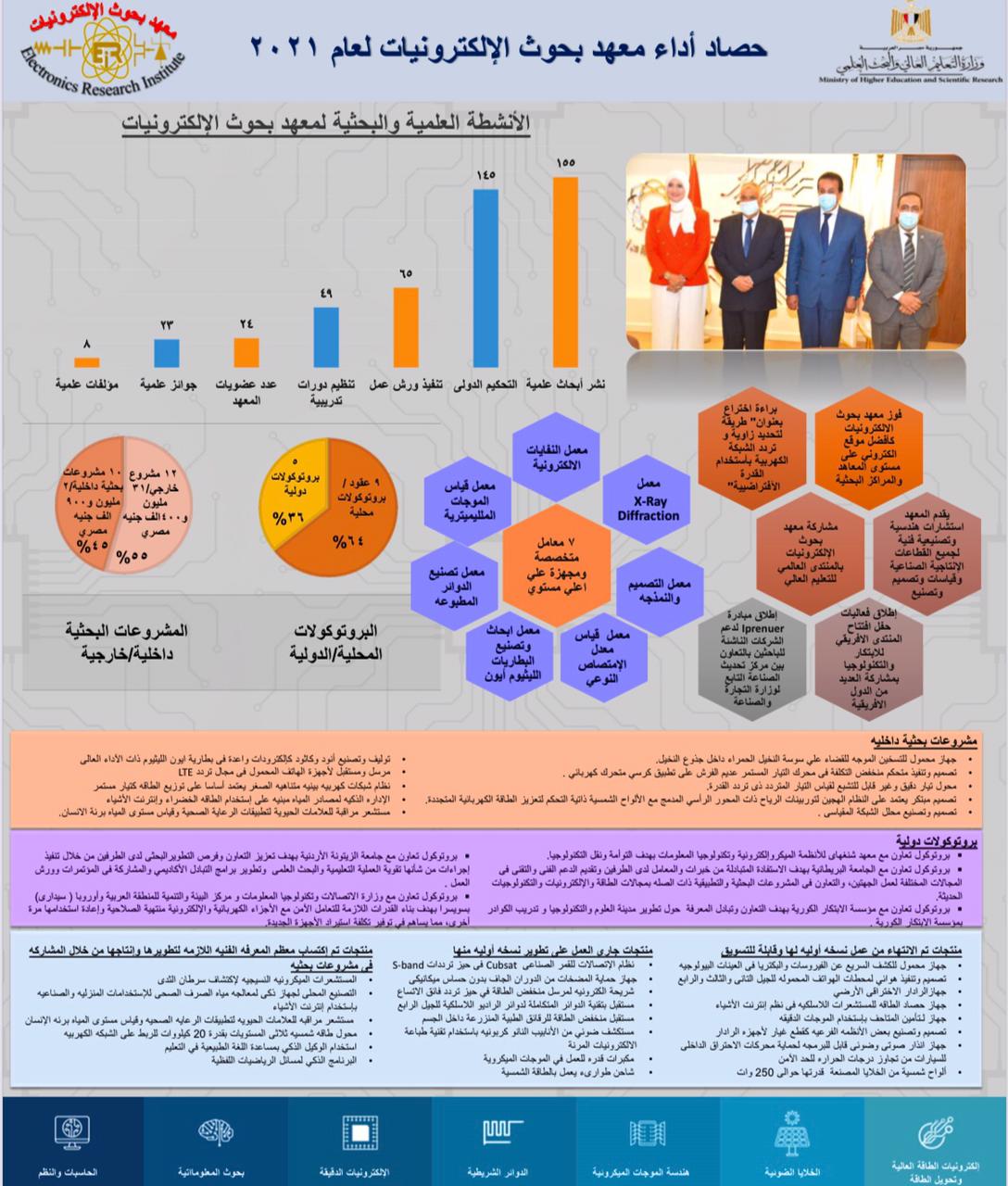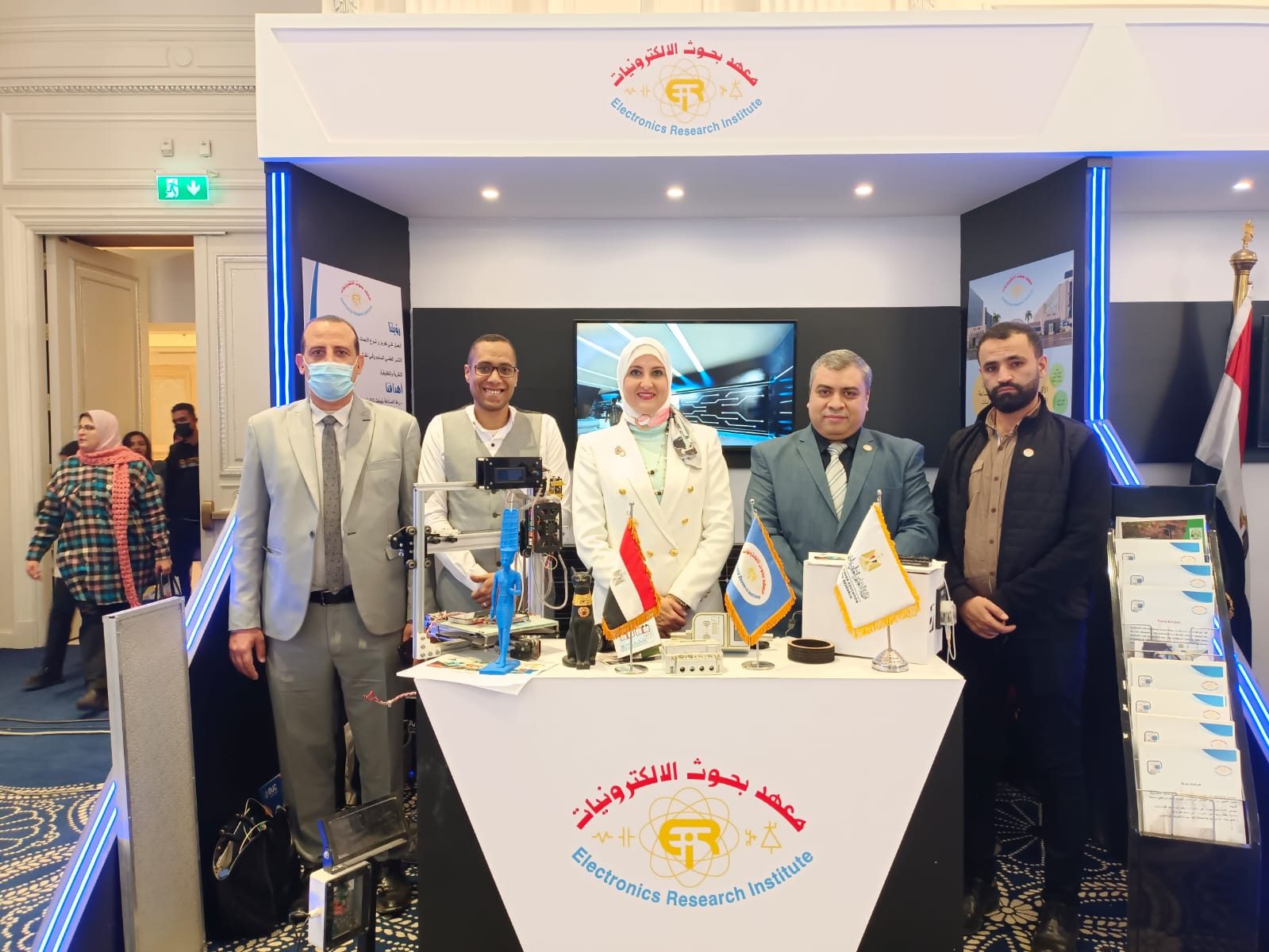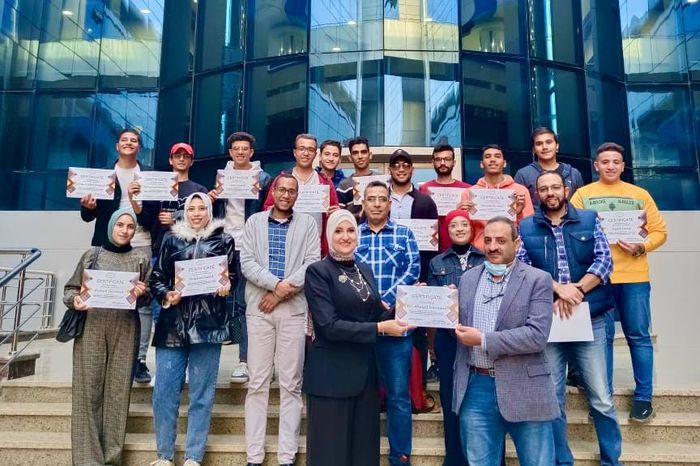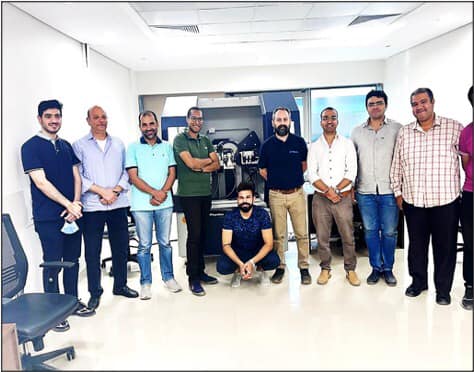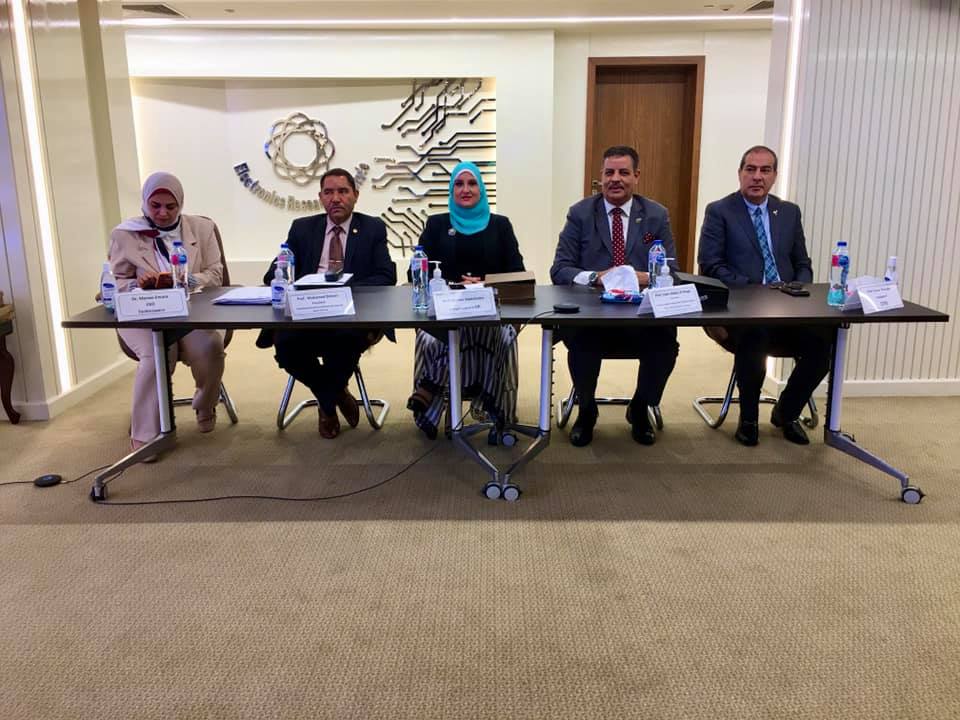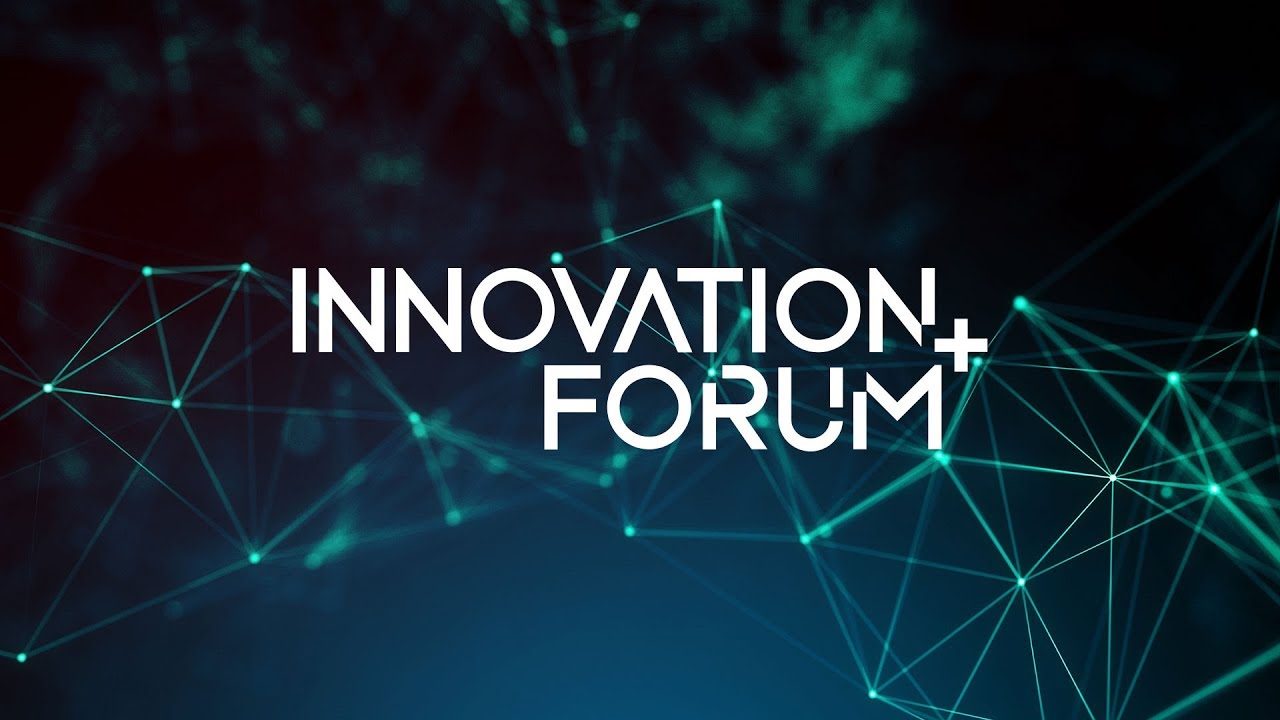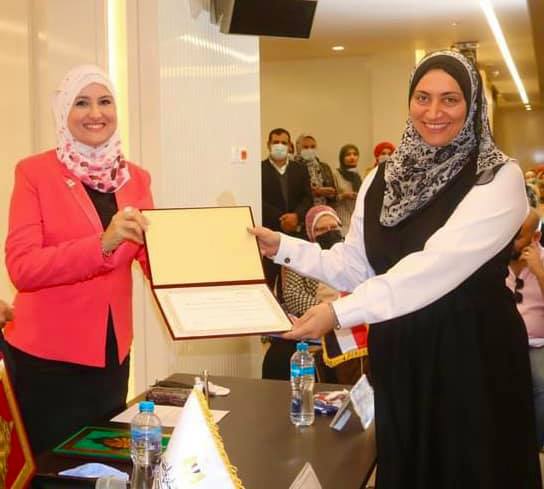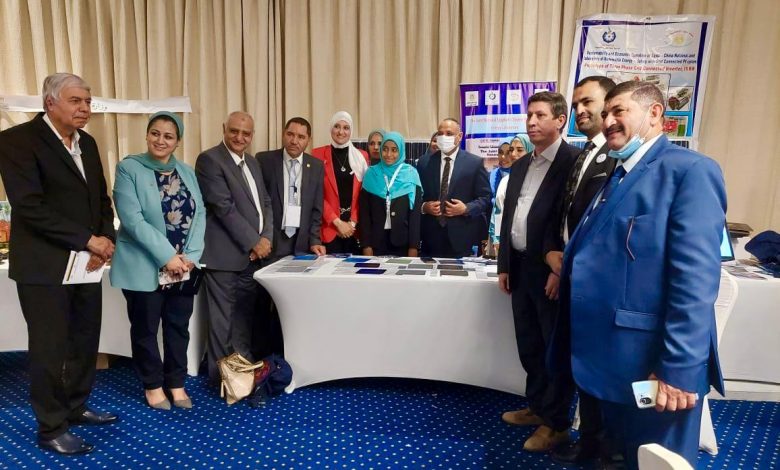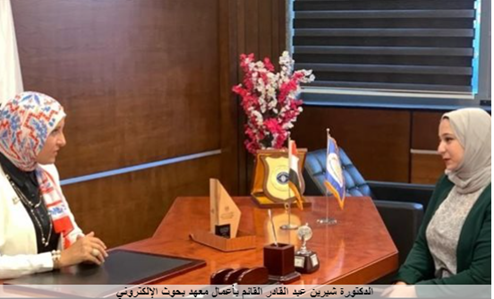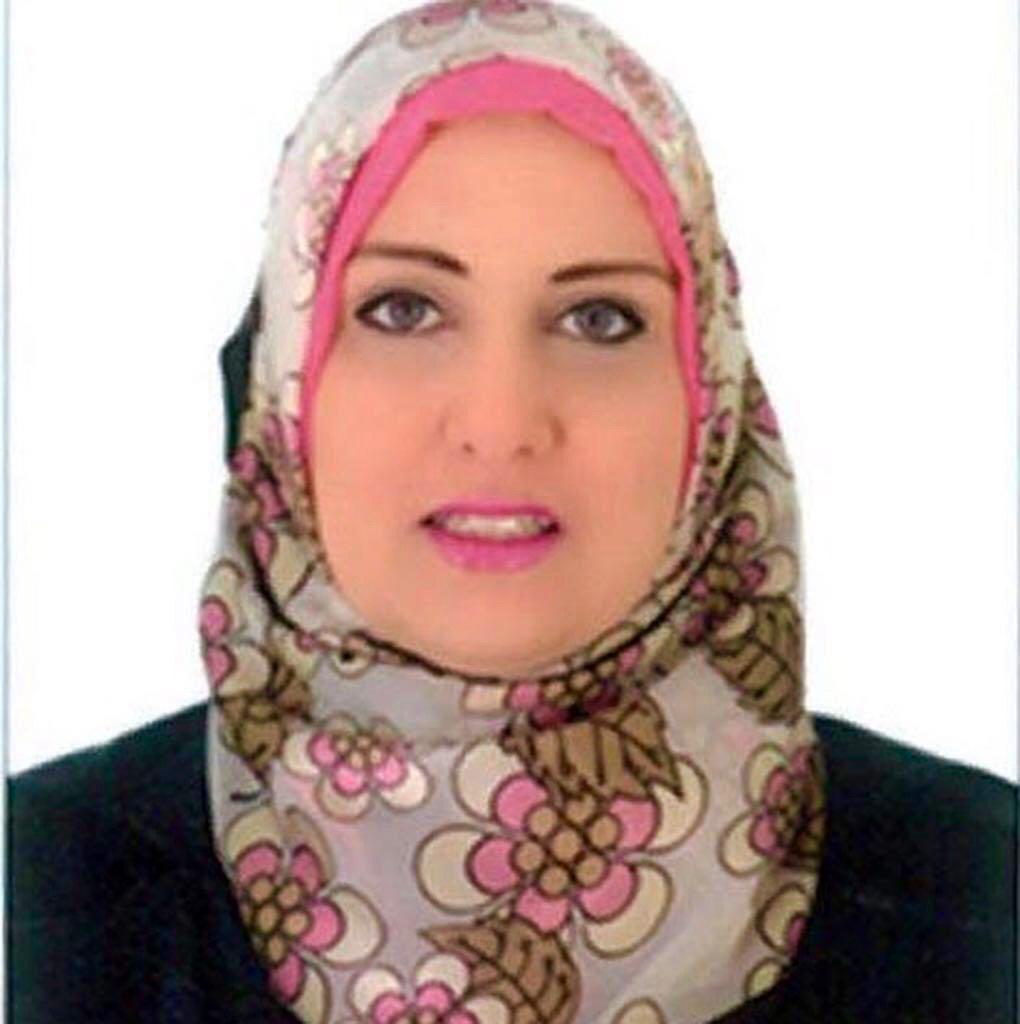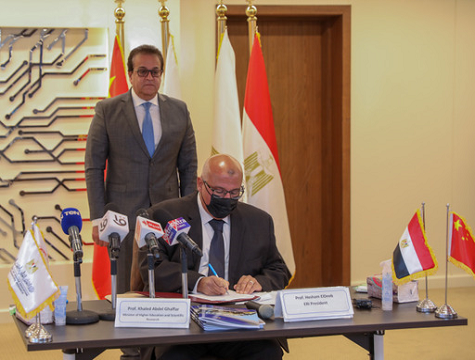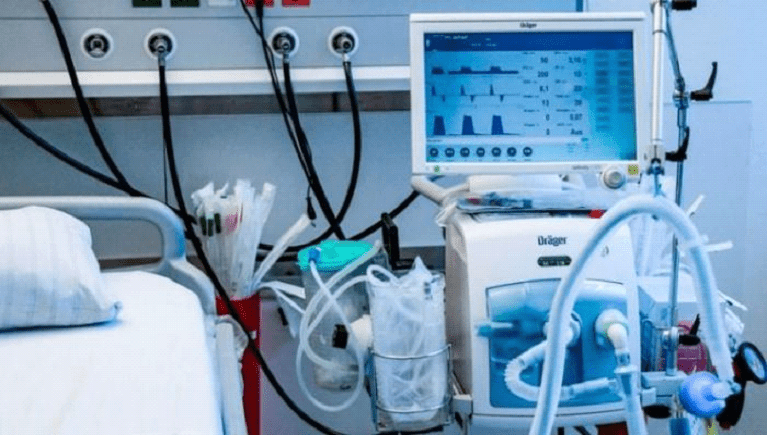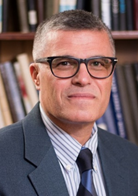
Presented by:The IEEE APS distinguished lecturerAtef Z. Elsherbeni
Atef Z. Elsherbeni received an honor B.Sc. degree in Electronics and Communications, an honor B.Sc. degree in Applied Physics, and a M.Eng. degree in Electrical Engineering, all from Cairo University, Egypt, in 1976, 1979, and 1982, respectively, and a Ph.D. degree in Electrical Engineering from Manitoba University, Winnipeg, Manitoba, Canada, in 1987. He started his engineering career as a part time Software and System Design Engineer from March 1980 to December 1982 at the Automated Data System Center, Cairo, Egypt. Dr. Elsherbeni joined the faculty at the University of Mississippi in 1987 as an Assistant Professor of Electrical Engineering. He advanced to the ranks of Associate Professor and Professor in 1991 and 1997, respectively, and became the Associate Dean for Research and Graduate Programs from 2009 to 2013. He then joined the EECS Department at Colorado School of Mines in August 2013 as the Dobelman Distinguished Professor. He was appointed the Interim Department Head for EECS department from 2015 to 2016 and became the EE Department Head from 2016 to 2018. He spent a sabbatical term in 1996 at the EE Department, University of California at Los Angeles (UCLA) and was a visiting Professor at Magdeburg University in Germany and at Tampere University of Technology in Finland during the summers of 2005 and 2007, respectively. In 2009 he was selected as Finland Distinguished Professor by the Academy of Finland and TEKES.
Dr. Elsherbeni is the Editor-in-Chief for ACES Journal, a past Associate Editor to Radio Science Journal, a past Chair of the Engineering and Physics Division of Mississippi Academy of Science, a past Chair of Educational Activity Committee for IEEE Region 3 Section, and the general Chair for the 2014 APS-URSI Symposium, the president of ACES Society from 2013 to 2015, and the IEEE Antennas and Propagation Society (APS) Distinguished Lecturer for 2020-2023. Dr. Elsherbeni is a Life Fellow member of IEEE and a Fellow member of ACES.
Lecture (1) : (10:00 AM to 11:30 AM)
SAR and Temperature Rise in a Human Head due to EM Radiation
This lecture will focus on the development and simulation procedure to determine the specific absorption rate (SAR) and the corresponding temperature rise due to electromagnetic waves incident on a human head. The human head model is based on medical magnetic resonance images (MRI) that are discretized to fit in the simulation domain. The frequency dependence of the human head tissues is considered in the simulation for multi-frequency field exposure. The sources of the electromagnetic radiation are: Antennas on a cellular base station tower, a small multiband antenna close to the side of the human head, simulating a cellular phone, and a dual band antenna embedded in a smart eyeglass. The dispersive material formulation of the finite difference time domain (FDTD) method is used in order to accurately represent the frequency dependence of the head tissues. A three terms Debye model of the head tissue is utilized in the FDTD simulation. The bioheat differential equation is used to determine the temperature in the head tissues before and after exposure to the electromagnetic radiation. Results will show the SAR and temperature distribution in the human head, and also will emphasize the efficiency of the developed code for multi-frequency analysis with a single simulation for dispersive type material.
Lecture (2): (12:00 Noon to 1:30 PM)
Recent Developments in Computational Electromagnetics using The Finite Difference Time Domain Method
This lecture will focus on recent developments in the finite difference time domain (FDTD) method for electromagnetics and antenna applications. First a brief introduction to the method, its capabilities, and the type of lumped circuit elements, linear and non-linear, which can be integrated into an electromagnetic simulation will be presented. Several examples of designing, antennas, filters, and RFID tags will be demonstrated. Furthermore, the development of the cylindrical FDTD formulation, the body of revolution FDTD (BOR-FDTD) formulation to model rotationally invariant cylindrical structures, and the cylindrical-sectoral formulation to model partially rotational structures will be presented with special focus on integrating dispersive material analysis for real applications such as the oil and gas wireline logging. The speed up of the FDTD method using graphical processing gaming cards (GPUs) along with the use of different programming languages such as FORTRAN, MATLAB, CUDA, and OpenCL will be highlighted.
Lecture (3): (2:00 PM to 3:30 PM)
RFID Systems and Applications
With the fast-emerging use of Radio frequency identification (RFID) technology there is a great need for understanding the system composition and theory of operation. This lecture will start with a brief history and the illustration of an RFID system components. Next is the process of operation and the frequency allocation in different parts of the world. Followed by the different types of RFID tags and their properties. Focus will then shift to the UHF systems, tag developments and system applications, especially for integrating sensors with RFID tags. Throughout the presentation, material available from open literature will be presented and identified along with other material developed by the presenter’s research group and in collaboration with different groups. Current challenges for RFID systems and applications will be highlighted and other identification methods will be touched on at the end of the presentation.
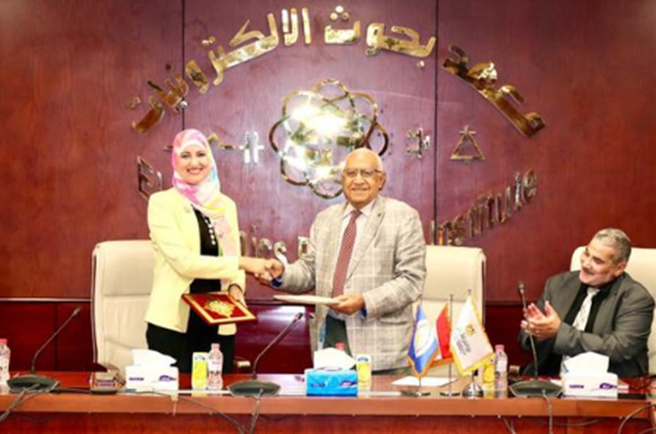
Reviewed by Dr. Khaled Abdel Ghaffar, Minister of Higher Education and Scientific Research, a report submitted by Dr. Sherine Abdel Qader Muharram, Head of the Electronics Research Institute, about the Institute signing an agreement with the National Committee for Radio Science, headed by Dr. Saeed Al-Khami, representative of the Academy of Scientific Research and Technology, in the presence of a group of professors, members of the National Committee for Radio Science, and members of the local organizing committee for the 39th edition of the National Radio Science Conference 2022, which will be hosted by the Electronics Research Institute and its Scientific City during the period from November 29 to December 1. 2022 at the institute’s headquarters in New Nozha.
In this regard, the report indicated that the invitation is open to all researchers in the fields of radio science. To participate with their research in this important scientific event through the conference website at the following link: https://nrsc2022.eri.sci.eg
Knowing that receiving articles is open until 7/29/2022.
It is worth noting that the conference includes several topics, including: the science of measuring electromagnetism, electromagnetic fields and waves, wireless communication systems and signal processing, the electronics and photonics environment, noise and electromagnetic interference, wave propagation and remote sensing, the propagation of radio waves in the ionosphere, waves in plasma, science. Radio astronomy, electromagnetism in biology and medicine.
During its inspection of the institute’s departments and laboratories, the committee praised the institute’s sponsorship and hosting of this important conference, due to the institute’s infrastructure, equipment, and laboratories at the latest level, which will benefit and benefit the conference participants, as well as the fruitful cooperation between the scientific research family and civil society in the field. Radio science and the institute's many fields.








